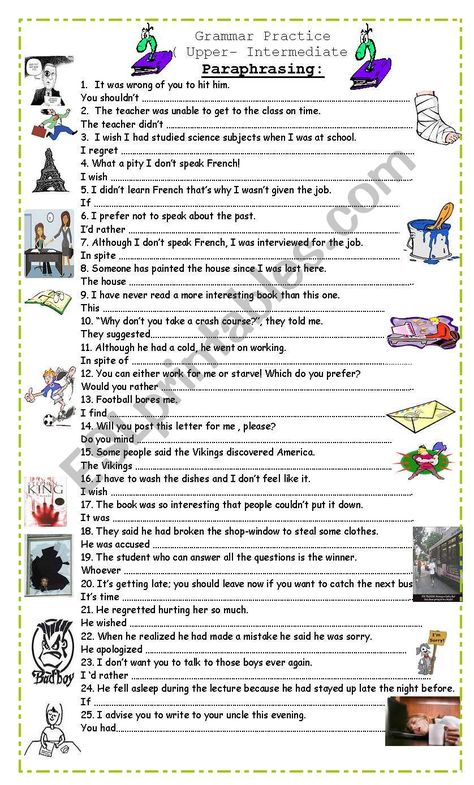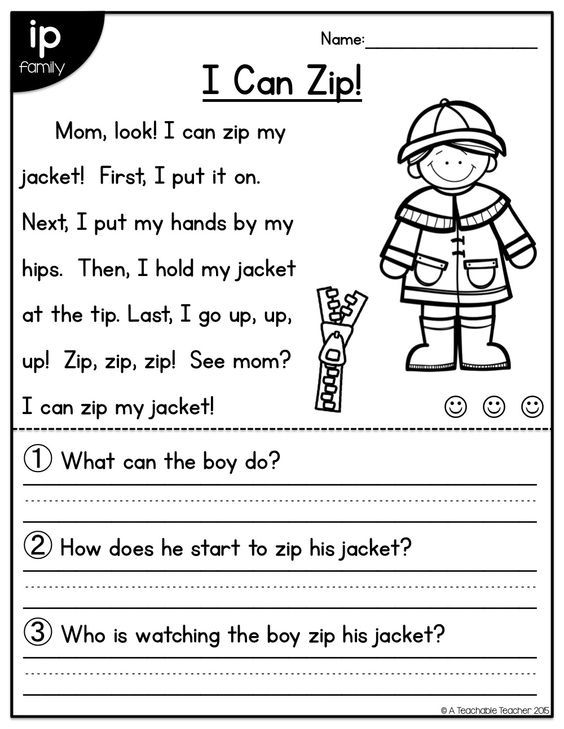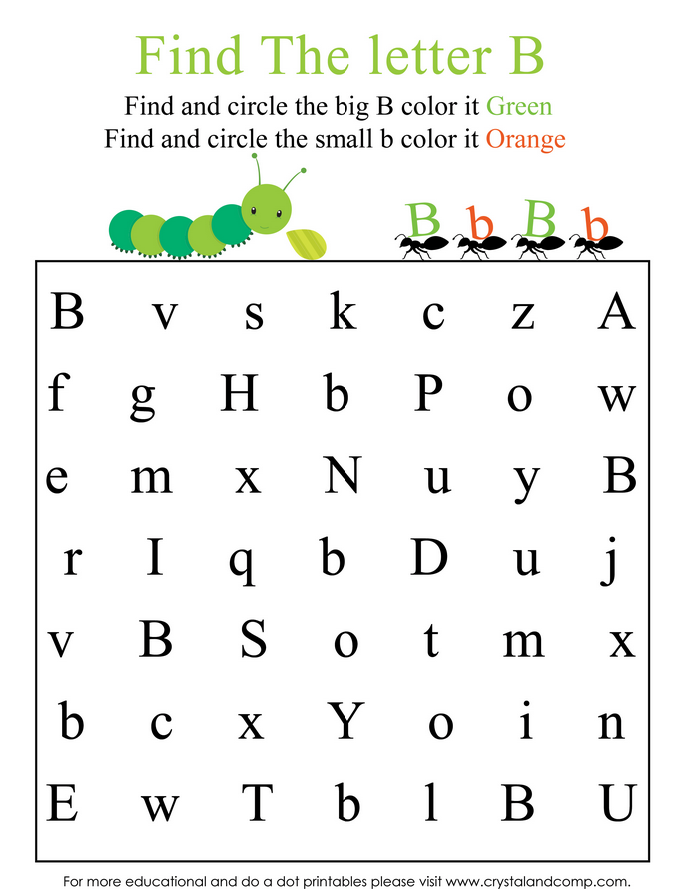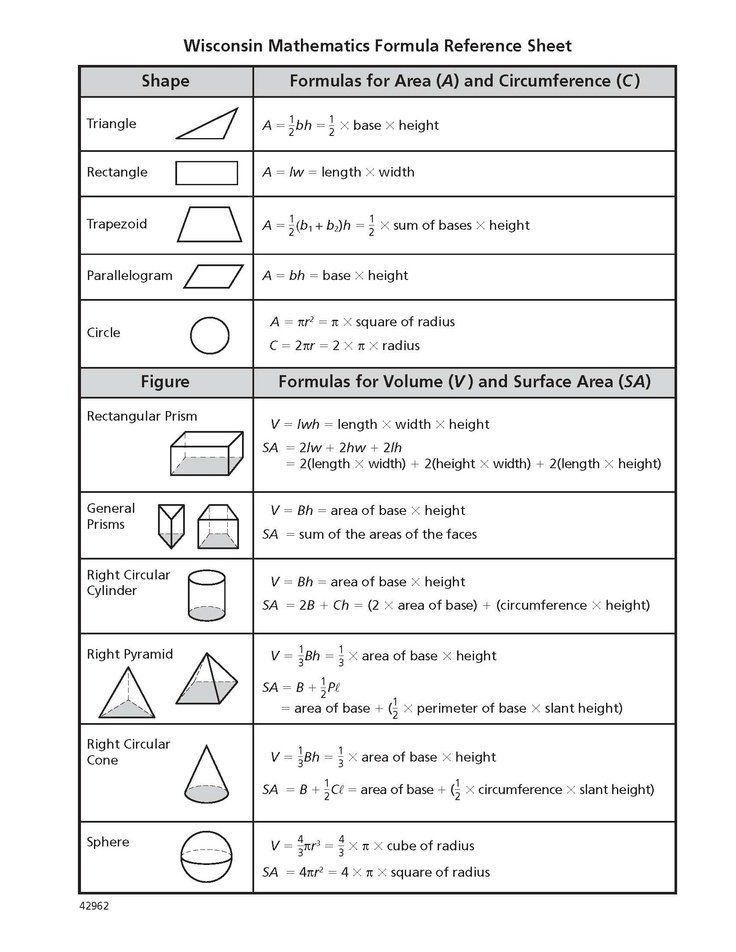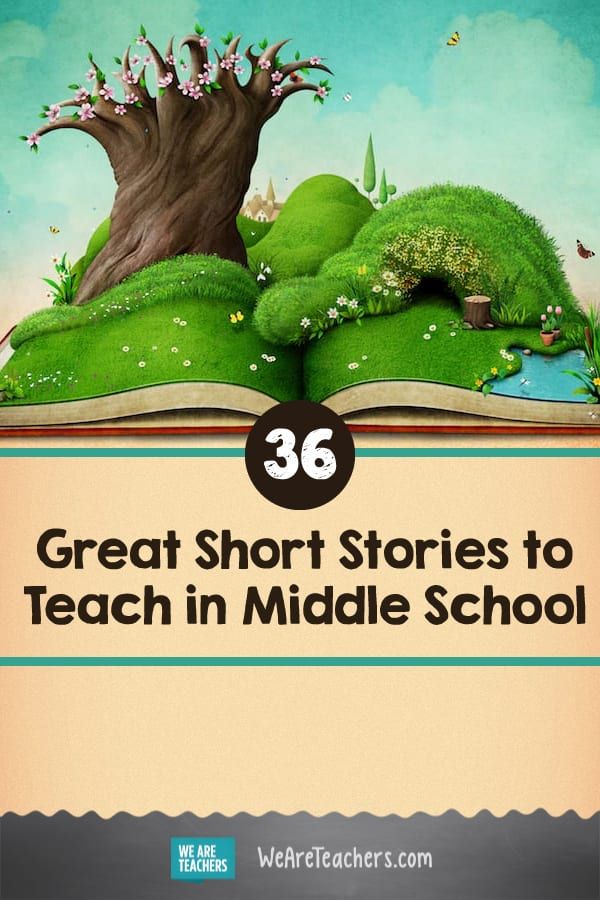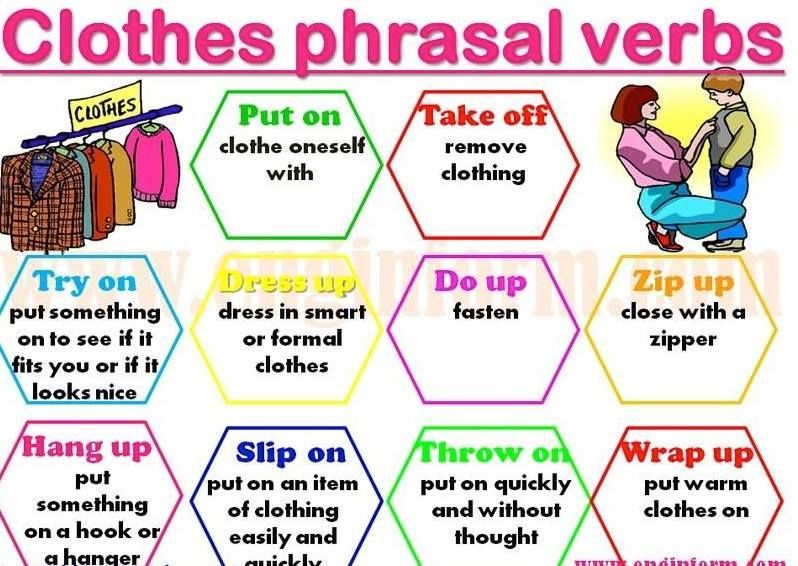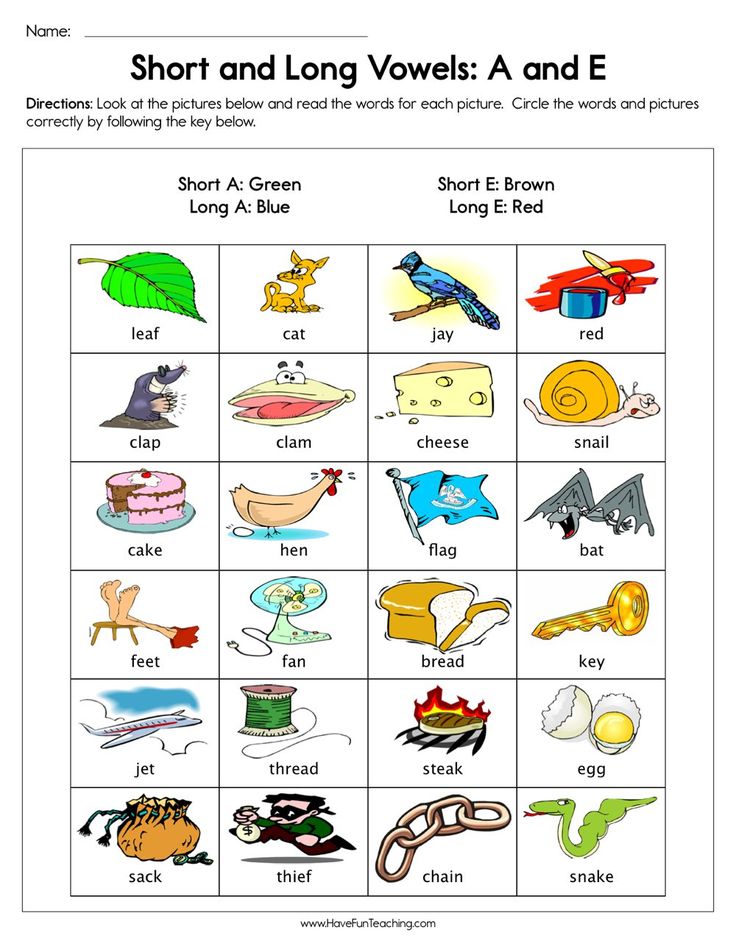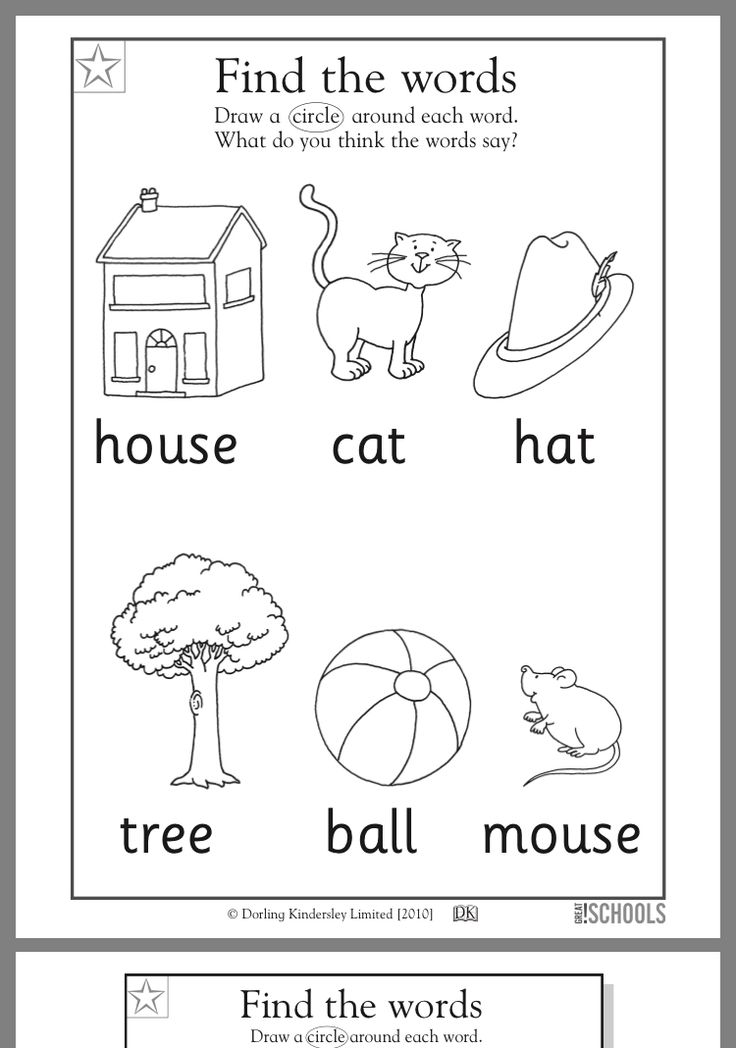Find book reading level
How To Determine Reading Level Of A Book: 5 Best Tools
Learning how to determine reading level of a book helps you find appropriate books for your child and challenge their abilities.
When choosing children’s books, the reading level of the book can be pretty important. You want to challenge children to read a bit higher than they think they can while not discouraging them with books that are too difficult.
According to a US survey by Test Prep Insights, almost half of the respondents haven’t read a book in the past year. However, the same survey found readers prefer print books over ebooks.
So, whether you’re working with beginning readers who want to improve their habits or advanced readers in your life, learning how to determine the reading level of a book is a valuable tool. Thankfully, parents and educators have a number of tools available to help them.
This guide will discuss what reading levels are, how to find them and how you can ensure that the books you offer are suitable for the children in your life.
Contents
- Tips on How To Determine Reading Level Of A Book
- What is Reading Level?
- Why Reading Level is Important
- Reading Level and Interest Level
- Common Measures for Reading Levels
- Tools to Find the Reading Level of a Book
- A Final Word on How to Determine Reading Level of a Book
- FAQs About how to Determine Reading Level of a Book
- Author
Tips on How To Determine Reading Level Of A Book
So how can you determine the reading level of a book? Before delving into the tools available to help you find a book that your child can read, first, you must understand what reading level is.
What is Reading Level?
The reading level of a book determines how well a child can read it independently. Unfortunately, reading level is often confused with grade level, so a book with a fourth-grade reading level is designed with vocabulary and syntax that the average fourth grader can understand.
However, it is not always as simple as picking a book that is leveled at your child’s grade level.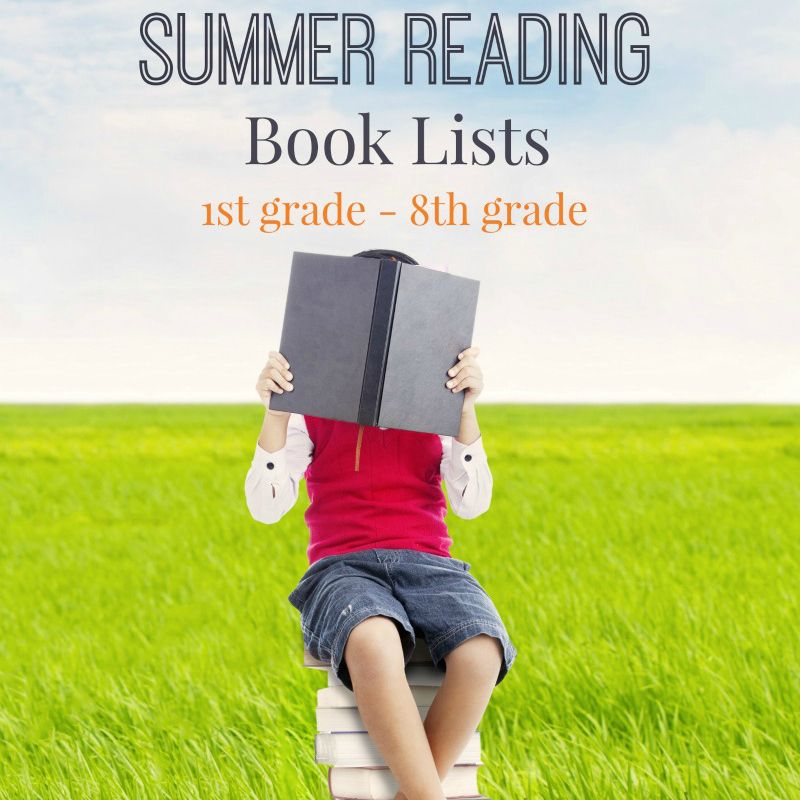 Your child’s teacher can tell you that students fit into a wide range of levels, even within the same classroom.
Your child’s teacher can tell you that students fit into a wide range of levels, even within the same classroom.
As your child’s reading skills develop, you’re going to need to find reading materials that match. Knowing how to read reading levels will help.
Why Reading Level is Important
Children who are learning to read need to have a text they can read successfully. If text is too easy, the child gets bored. If the text is too hard, the child gets frustrated.
This balance is where the reading level helps. Finding a book that matches your child’s abilities and interests will encourage successful reading, and reading level is key to that.
Reading Level and Interest Level
Adding interest level to your decision-making will help guide you to the books they will be most interested in readingAnother benchmark you can check into is interest level. This metric shows how interesting a particular book is likely to be to your child based on their age or grade level.
If a child is particularly behind or advanced in reading level, finding books they want to read but match their reading level becomes more challenging. Adding interest level to your decision-making will help guide you to the books they will be most interested in reading.
Common Measures for Reading Levels
Many tools measure reading levels. As you learn how to determine the reading level of a book, you will find that these tools make the job a lot easier, so you can find a book that fits the child’s reading level. Here are some popular reading systems to consider.
1. Fountas-Pinnell Guided Reading Level
Fountas and Pinnell created the Guided Reading Level. This leveled reading system assigns a level to individual books. Factors that impact that level include repetition of words, the complexity of sentences, and sentence length.
This program uses specialized reading lists with books that already have a grade level measure.
2. Grade Level Equivalent
The Grade Level Equivalent leveled reading system assigns an actual grade level to the book based on what students typically can read at a particular stage of their education.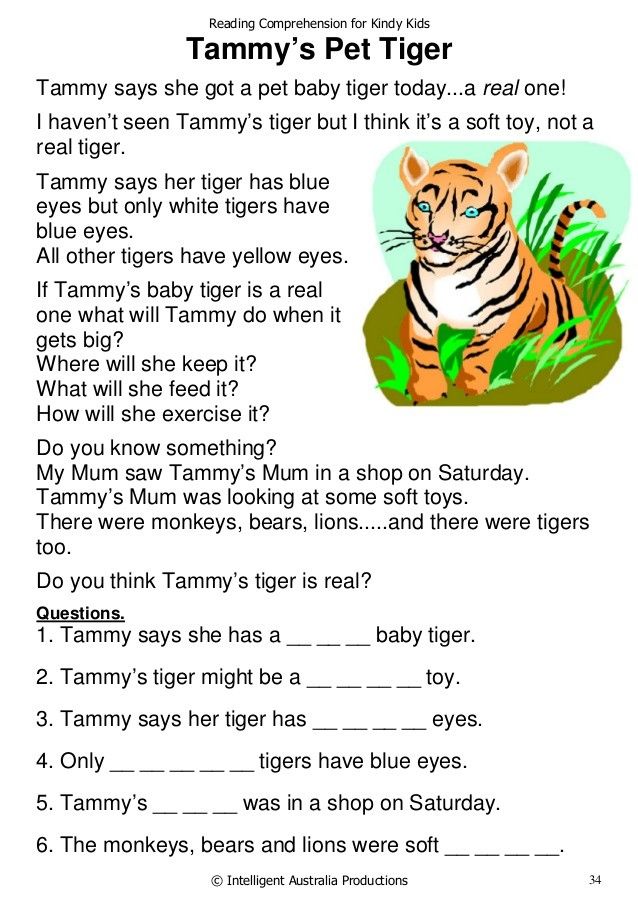 This metric is labeled with a decimal point, where the first number is the grade level, and the number after the decimal point indicates the number of months into the school year the student would be. So, a score of 2.1 means second grade one month into the school year.
This metric is labeled with a decimal point, where the first number is the grade level, and the number after the decimal point indicates the number of months into the school year the student would be. So, a score of 2.1 means second grade one month into the school year.
For parents that are new to reading levels, this can be a helpful metric as it shows a level they can easily relate to their student’s age and grade. However, parents need to realize that students develop their reading abilities at different speeds, so any particular child may read at, above, or below the published reading level.
3. Developmental Reading Assessment
The Developmental Reading Assessment, or DRA, assesses a child’s reading ability through a reading test. It then gives the student a score based on that test. Factors it checks include:
- Phonemic awareness
- Alphabetic principles/phonics
- Fluency
- Vocabulary
- Comprehension
- Reading engagement
Books are given corresponding scores based on text complexity and vocabulary.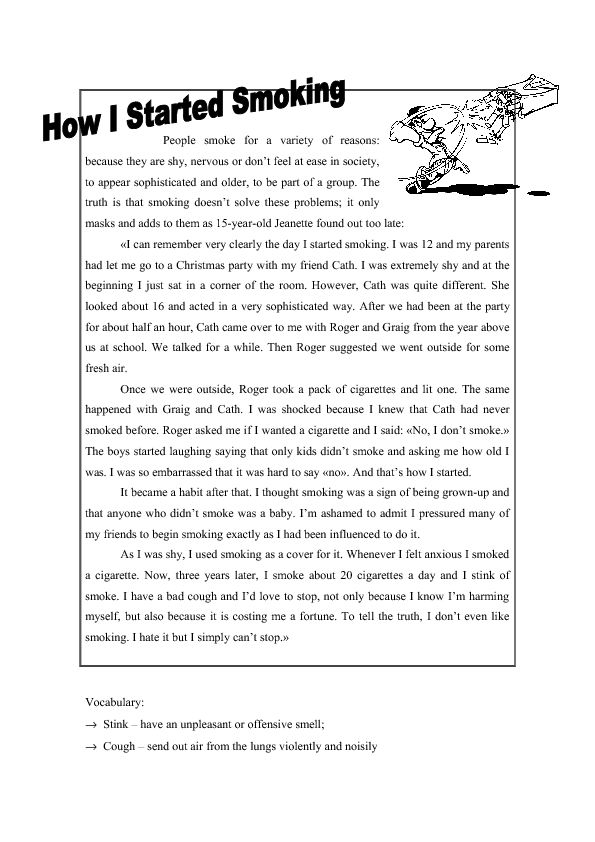 Thus, teachers and parents can easily connect students to books that fit their abilities after taking the test by lining up the test scores with the scores of the book.
Thus, teachers and parents can easily connect students to books that fit their abilities after taking the test by lining up the test scores with the scores of the book.
4. Lexile Framework for Reading
The Lexile Framework is a National Institute of Child Health and Human Development metric. It uses Scholastic Inventory Test scores to evaluate text and determine what reading level it is.
To use the Lexile Framework, students must take a standard test or the Scholastic Reading Inventory (SRI). This then matches them with a reading level that matches their ability.
You can look up the Lexile level of a book online on the Lexile website.
5. Accelerated Reader Book Levels
Accelerated Reader is a complex readability formula that rates text complexity. It uses grade level ratings to indicate what year and month a student could read a book independently.
Accelerated Reader is different from straight grade level equivalents because it uses interest level as well.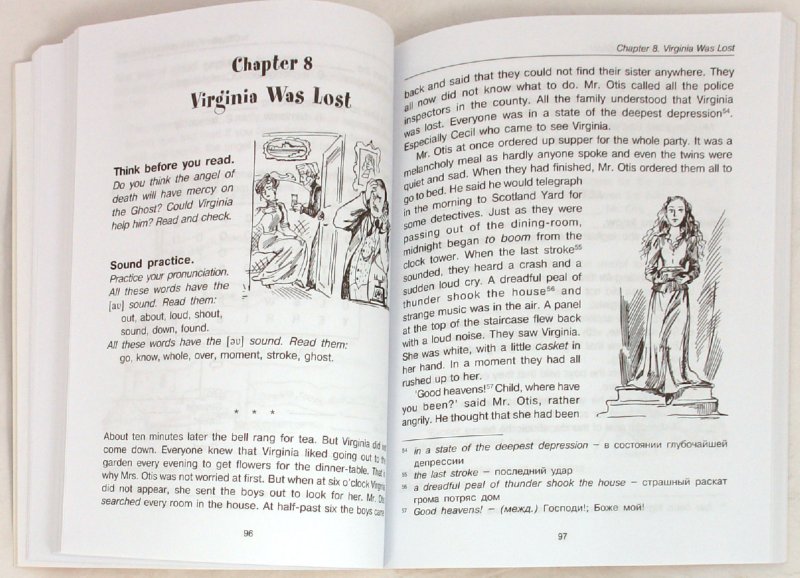 This indicates if the content of a book is age-appropriate for the particular grade level.
This indicates if the content of a book is age-appropriate for the particular grade level.
Tools to Find the Reading Level of a Book
Understanding the different reading tests and reading level measures is important, but it does not help you learn how to determine the reading level of a book when your child wants to read something. Thankfully, you have several tools at your disposal to help.
1. Scholastic’s Book Wizard
Scholastic offers a book wizard tool that has over 65,000 children’s books in the database. You can search using the title and author to find an individual book’s reading level. If you are looking for recommendations for your child, you can search by reading level, subject, grade level, or genre and get a list of suggestions.
2. Renaissance ATOS Analyzer
If you can’t find your book or text in another tool, you can copy a portion of the text into the ATOS Analyzer to see how it rates. This tool uses a readability formula to tell you how easy something is to read.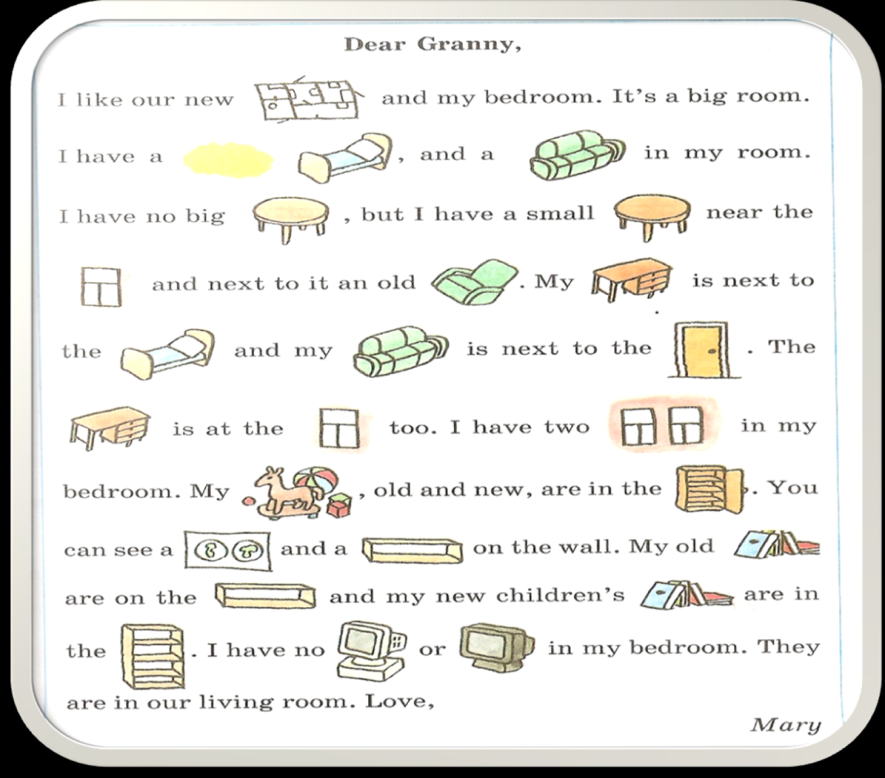 It also merges with the Lexile measure, so you can search for individual books if they are in the database.
It also merges with the Lexile measure, so you can search for individual books if they are in the database.
3. Lexile Look Up
Lexile’s online tool lets you search for a book by its ISBN. Just enter the number on the Quick Book Search to see if it is in the database. The website also allows you to look at a list of books based on your child’s reading level.
4. Accelerated Reader Search Tool
The AR search tool lets you search for a particular book’s readability, Lexile level, and interest level. It reports a grade level based on whether or not a child will be challenged in the reading but not frustrated.
5. Correlation Chart
The Correlation Chart is part of the State of Washington public library system. It lets you find the reading level of a book, then use the tool to compare that to the reading level in another measurement. If you are looking for a specific measure but know another one, this tool can help you compare.
A Final Word on How to Determine Reading Level of a Book
Reading levels help you choose books for your child that fit their interests and abilities.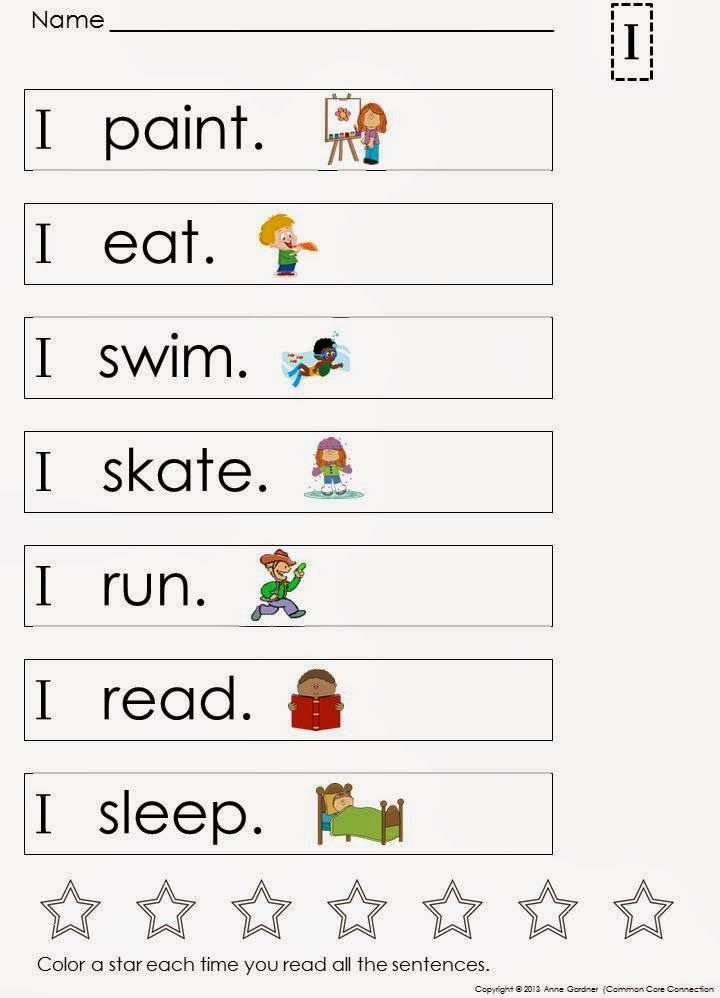 You can avoid frustration and boredom by selecting appropriate books. Using reading levels also encourages more independent reading, especially with young readers.
You can avoid frustration and boredom by selecting appropriate books. Using reading levels also encourages more independent reading, especially with young readers.
Parents can sometimes struggle with finding reading levels for different books, but using a book’s ISBN, you can search in several tools that have book lists based on reading level. Using these tools and asking your child’s teacher what their current reading level is will allow you to choose the right reading material for your child.
FAQs About how to Determine Reading Level of a Book
How to find the reading level of a book?
Using different tools, such as the Scholastic Book Wizard or the Accelerated Reader Search Tool, you can learn the reading level of many children’s books to help you choose appropriate reading options for your child.
How to determine my child’s Lexile reading level?
If your child is at school, they will be tested each year under their standardized testing program.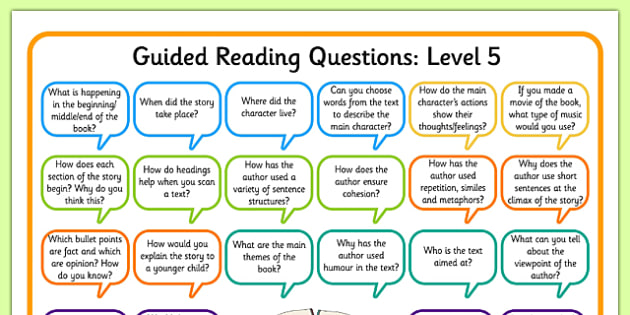 This testing will give your child a Lexile reader measure. Simply ask your child’s teacher or check their standardized test score report to learn your child’s measure.
This testing will give your child a Lexile reader measure. Simply ask your child’s teacher or check their standardized test score report to learn your child’s measure.
Join over 15,000 writers today
Get a FREE book of writing prompts and learn how to make more money from your writing.
Powered by ConvertKitAuthor
Search - Booksource
Despite global supply chain issues, Booksource is making sure customers get their book orders. Click to learn more.
Clear All Fields Search
ADVANCED SEARCH FOR TITLES AND COLLECTIONS
| Subjects (available) Abridged Version Abuse Activism Adapted Version Adventure Africa Age Of Exploration Allegorical Tale Alphabet Book American Revolution Amphibians Ancient Civilizations Animal and Non-Human Characters Animals Anthology Architecture Art Asia Asian American Protagonist Australia and Oceania Authentic Spanish Language Big Book Bilingual Biography Birds Black and African American Protagonist Blends Board Book Book Based On A Song Book on CD Boxed Set Bullies & Cliques Business, Economics and Trade Canada Capitalization & Punctuation Careers & Occupations Caribbean Central and South America Chapter Book Chemistry China Choose Your Adventure Christianity Christmas Chronological Pattern Civil Rights Movement Civil War Classic Literature Coding & Computer Programming Cold War College Preparation Colonial America Colors Coming Of Age Common Core Text Exemplar Community & Neighborhoods Computers & Internet Concept Consonant Sounds Cooking Counting Death & Grieving Decimals, Fractions, and Percents Decodable Texts Dictionary & Thesaurus Digraphs Dinosaurs Diphthong Disasters Drama, Films & Plays Dystopian Literature Earth Science Easter Ecology and Environment Education Egypt Electricity Emergent Reader Engineering England, Ireland & Scotland Essays Estimation Europe Evolution Fairy Tales Fairy Tales Retold Fantasy Favorite Authors Or Series Collection Fictional Biography Figurative Language Financial Literacy Fish Fitness & Exercise Folktales, Fables & Legends Food Food Chains and Food Webs Fossils Gender Roles Genetics & Heredity Geography Geology Geometry Government and Civics Grammar Graphic Literature & Graphic Novels Graphing Great Depression Growth Mindset Guided Reading Label Books Guided Reading Wordless Books Habitats & Ecosystems Halloween Harlem Renaissance Health & Nutrition High Interest Low Reading Level High Interest Picture Book Historical Fantasy Historical Fiction History Hobbies & Crafts Holidays & Celebrations Holocaust Human Body / Anatomy Human Rights Humor Illustrated Chapter Book Illustrated Classics Immigrant Experience India Industrial Revolution Informational Fiction Insects, Bugs, and Spiders Interactive Books International Characters International Studies Inventions Iraq War Japan Korea Labeled Book Language, Usage & Wordplay Lap-Sized Edition Large Print Latino and Latina Protagonists Letters, Diaries & Journals Leveled Reading Label Books Leveled Reading Wordless Books Life Cycles Life Science Literary Connections Magical Realism Mammals Manga Maps & Mapping Mark Twain Award Mathematical Probability Mathematics Mature Subject Matter Measurement Media Tie-In Medicine Medieval History & the Middle Ages Memoir & Autobiography Mexico Middle East Midwest Region Military Mindfulness Money & Currency Multiple Narrators Music & Dance Mystery Mythology Native American Protagonist Nature Needs And Wants Neurodiversity and Neurodivergence New Books Collection New England States New York City North America Novels In Verse Nursery Rhymes Oceans Olympics Opposites Pacific Northwest Paperback Original Parenting Patterns Pets Philosophy Phonics Photographic Illustration Physical Sciences Picture Book Pirates Plants Poetry Polar Regions Police and Police Officers Politics Popular Culture Predicting Prehistoric Life Primary Source Material Procedural Text & How To Book Professional Development R-Controlled Vowels Racial Issues Rainforest Read Aloud Recommendation Readers Theater Reading Recovery 24 Realistic Fiction Rebus Book Reference Refugee Experience Religious Themes Renaissance Repetitive Language Reptiles Rhyme & Rhythm Rich Vocabulary Romance Rules & Laws Russia Safety Scary Stories/Horror School Stories Science Science Fiction Seasons & Calendar Senses Sexual Assault and Abuse Sexuality Shapes & Sizes Short Stories Short Texts Short Vowels Sibling Relationships Sight Words Silent E Slavery Social Issues Social Media & Electronic Communication Social Studies Solar System & Outer Space Speeches Sports Stress and Anxiety Striving Reader Recommendation Study Skills Suggestive or Strong Language Suicide and Suicidal Thoughts Superheroes Supernatural/Paranormal Survival Stories Suspense Teaching Reading Teaching Writing Technology Teen Pregnancy Test Prep Text Feature Bibliography Text Features Charts, Tables, Graphs Thanksgiving Traditional Literature Transportation Trivia & Facts True Crime U. 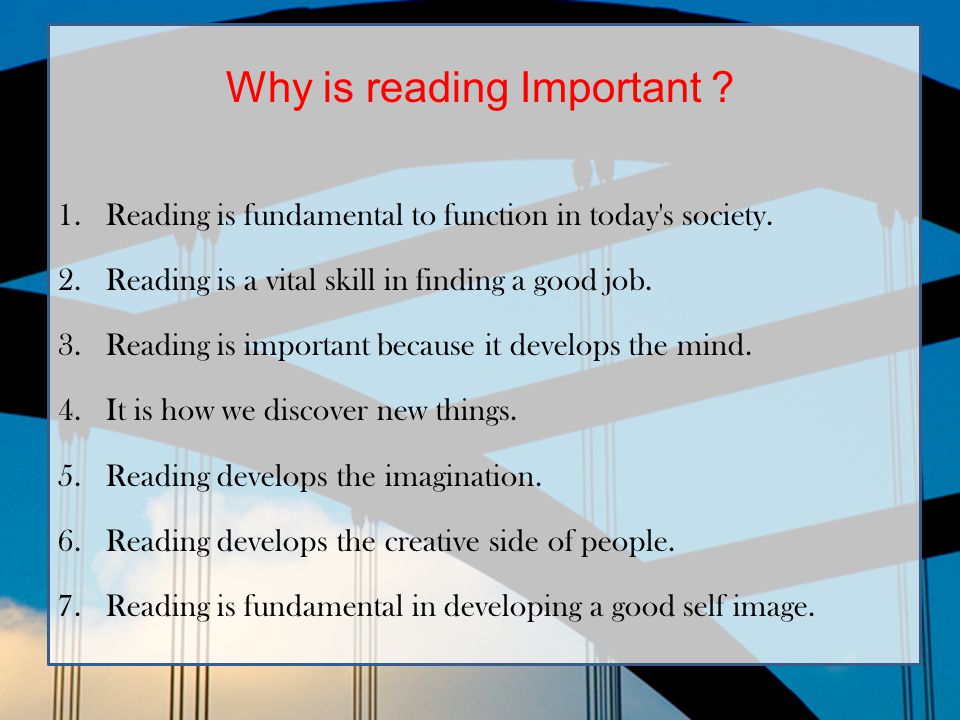 S. Studies
Unexplained Phenomena
Units of Time (Day, Week, Month)
Unreliable Narrator
Valentine's Day
Vampire
Vietnam
Vietnam War
Vowel Teams
War
War Of 1812
Water Cycle
Weather
Westward Expansion
Women's History
Women's Suffrage Movement
Word Family Rimes
Wordless Book
Workbook
World War I
World War II
Yoga and Meditation
Young Readers Edition S. Studies
Unexplained Phenomena
Units of Time (Day, Week, Month)
Unreliable Narrator
Valentine's Day
Vampire
Vietnam
Vietnam War
Vowel Teams
War
War Of 1812
Water Cycle
Weather
Westward Expansion
Women's History
Women's Suffrage Movement
Word Family Rimes
Wordless Book
Workbook
World War I
World War II
Yoga and Meditation
Young Readers Edition
| Subjects (selected) |
Fiction/Nonfiction: FictionNonfictionBoth
INTEREST AND READING LEVELS
Interest Level: AllPre-KK123456789101112Adult to AllPre-KK123456789101112Adult
Guided Reading: AllABCDEFGHIJKLMNOPQRSTUVWXYZZ+ to AllABCDEFGHIJKLMNOPQRSTUVWXYZZ+
Lexile Level: to
Lexile Code: AllAD: Adult DirectedBR: Beginning ReaderGN: Graphic NovelHL: High-LowIG: Illustrated GuideNC: Non-ConformingNP: Non-ProseIcon
Accelerated Reader:
All0. 10.20.30.40.50.60.70.80.91.01.11.21.31.41.51.61.71.81.92.02.12.22.32.42.52.62.72.82.93.03.13.23.33.43.53.63.73.83.94.04.14.24.34.44.54.64.74.84.95.05.15.25.35.45.55.65.75.85.96.06.16.26.36.46.56.66.76.86.97.07.17.27.37.47.57.67.77.87.98.08.18.28.38.48.58.68.78.88.99.09.19.29.39.49.59.69.79.89.910.010.110.210.310.410.510.610.710.810.911.011.111.211.311.411.511.611.711.811.912.012.112.212.312.412.512.612.712.812.913.013.113.213.313.413.5
to
All0.10.20.30.40.50.60.70.80.91.01.11.21.31.41.51.61.71.81.92.02.12.22.32.42.52.62.72.82.93.03.13.23.33.43.53.63.73.83.94.04.14.24.34.44.54.64.74.84.95.05.15.25.35.45.55.65.75.85.96.06.16.26.36.46.56.66.76.86.97.07.17.27.37.47.57.67.77.87.98.08.18.28.38.48.58.68.78.88.99.09.19.29.39.49.59.69.79.89.910.010.110.210.310.410.510.610.710.810.911.011.111.211.311.411.511.611.711.811.912.012.112.212.312.412.512.612.712.812.913.013.113.213.313.413.5
10.20.30.40.50.60.70.80.91.01.11.21.31.41.51.61.71.81.92.02.12.22.32.42.52.62.72.82.93.03.13.23.33.43.53.63.73.83.94.04.14.24.34.44.54.64.74.84.95.05.15.25.35.45.55.65.75.85.96.06.16.26.36.46.56.66.76.86.97.07.17.27.37.47.57.67.77.87.98.08.18.28.38.48.58.68.78.88.99.09.19.29.39.49.59.69.79.89.910.010.110.210.310.410.510.610.710.810.911.011.111.211.311.411.511.611.711.811.912.012.112.212.312.412.512.612.712.812.913.013.113.213.313.413.5
to
All0.10.20.30.40.50.60.70.80.91.01.11.21.31.41.51.61.71.81.92.02.12.22.32.42.52.62.72.82.93.03.13.23.33.43.53.63.73.83.94.04.14.24.34.44.54.64.74.84.95.05.15.25.35.45.55.65.75.85.96.06.16.26.36.46.56.66.76.86.97.07.17.27.37.47.57.67.77.87.98.08.18.28.38.48.58.68.78.88.99.09.19.29.39.49.59.69.79.89.910.010.110.210.310.410.510.610.710.810.911.011.111.211.311.411.511.611.711.811.912.012.112.212.312.412.512.612.712.812.913.013.113.213.313.413.5
Reading Recovery: All1234567891011121314151617181920 to All1234567891011121314151617181920
Grade Level Equivalent: AllPre-KK123456789101112 to AllPre-KK123456789101112
BINDING / FORMAT
OTHER SPECIFICATIONS
| Publishers (available) 45th Parallel Press Abbeville Press ABDO Publishing Abrams Abrams Books Acorn Press Adaptive Books Adventure Publications Agate Publishing AK Press Akiara Alaska Northwest Alazar Albatros Albert Whitman & Company ALGAR EDITORIAL Allen & Unwin Almadraba Infantil y Juvenil Amazon Amberjack American Girl Publishing American Psychological Association Amicus Ink Andrews & McMeel Angus & Robertson Annick Press AP Editions Apila Applesauce Press Arbordale Publishing Arcturus Publishing Arsenal Pulp Press Arte Publico Press ASCD Atlantic Publishing Group Audio Bookshelf August House Publishers, Inc. 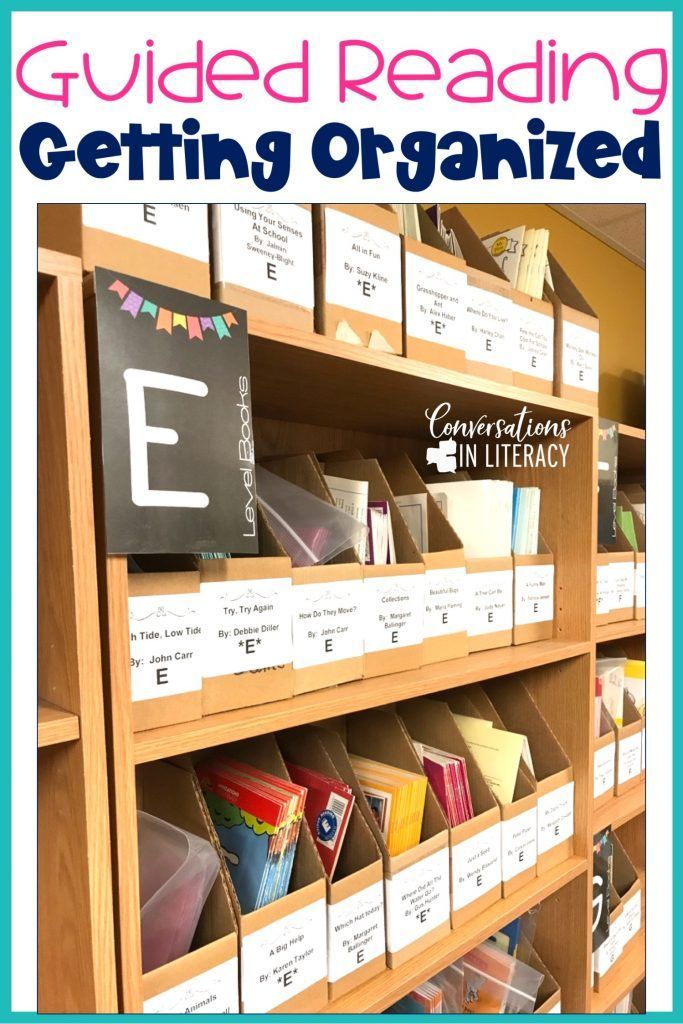 Automatic Publishing
Avon
B.E.S. Publishing
Bailiwick Press
Baker & Taylor Publishing Services
Bambu
Barefoot Books
Barron's Educational Series
Basic Books
Bearport
Bebop Books
Beetle Books
Bellwether
Bellwether Media
Bellwood
Ben Bella Books
Berbay
Beyond Words Publishing
Big And Small
Big Kid Science
Black Balloon Publishing
Black Dog & Leventhal
Black Rabbit Books
Black Ship Publishing
Bloomsbury
Blue Apple Books
Blueberry Hill Books
Bluewood Books
Bolt
Book Publishing Co.
Automatic Publishing
Avon
B.E.S. Publishing
Bailiwick Press
Baker & Taylor Publishing Services
Bambu
Barefoot Books
Barron's Educational Series
Basic Books
Bearport
Bebop Books
Beetle Books
Bellwether
Bellwether Media
Bellwood
Ben Bella Books
Berbay
Beyond Words Publishing
Big And Small
Big Kid Science
Black Balloon Publishing
Black Dog & Leventhal
Black Rabbit Books
Black Ship Publishing
Bloomsbury
Blue Apple Books
Blueberry Hill Books
Bluewood Books
Bolt
Book Publishing Co. (BPC)
BookLife
Booksource
Boom! Studios
Boyds Mills Press
Boys Town Press
Bright Sky Press
Brilliance Publishing
Brookings Institute Press
Brown Books
Bushel & Peck
Button Books
Callaway Arts & Entertainment
Callisto Media
Candlewick Press
Canongate Books
Capstone
Cardinal Rule Press
Carson-Dellosa Publishing
Cassava Republic Press
Catalyst Press
Cengage Learning
Centennial Books
Central Avenue
Chariot Victor Publishing / David C Cook
Charlesbridge
Charlesbridge Publishing
Cherry Lake Publishing
Chicago Review Press
Child's Play
Chooseco
Chronicle Books
Cider Mill Press
Cinco Puntos Press
Classical Comics
Clavis Publishing, Inc. (BPC)
BookLife
Booksource
Boom! Studios
Boyds Mills Press
Boys Town Press
Bright Sky Press
Brilliance Publishing
Brookings Institute Press
Brown Books
Bushel & Peck
Button Books
Callaway Arts & Entertainment
Callisto Media
Candlewick Press
Canongate Books
Capstone
Cardinal Rule Press
Carson-Dellosa Publishing
Cassava Republic Press
Catalyst Press
Cengage Learning
Centennial Books
Central Avenue
Chariot Victor Publishing / David C Cook
Charlesbridge
Charlesbridge Publishing
Cherry Lake Publishing
Chicago Review Press
Child's Play
Chooseco
Chronicle Books
Cider Mill Press
Cinco Puntos Press
Classical Comics
Clavis Publishing, Inc.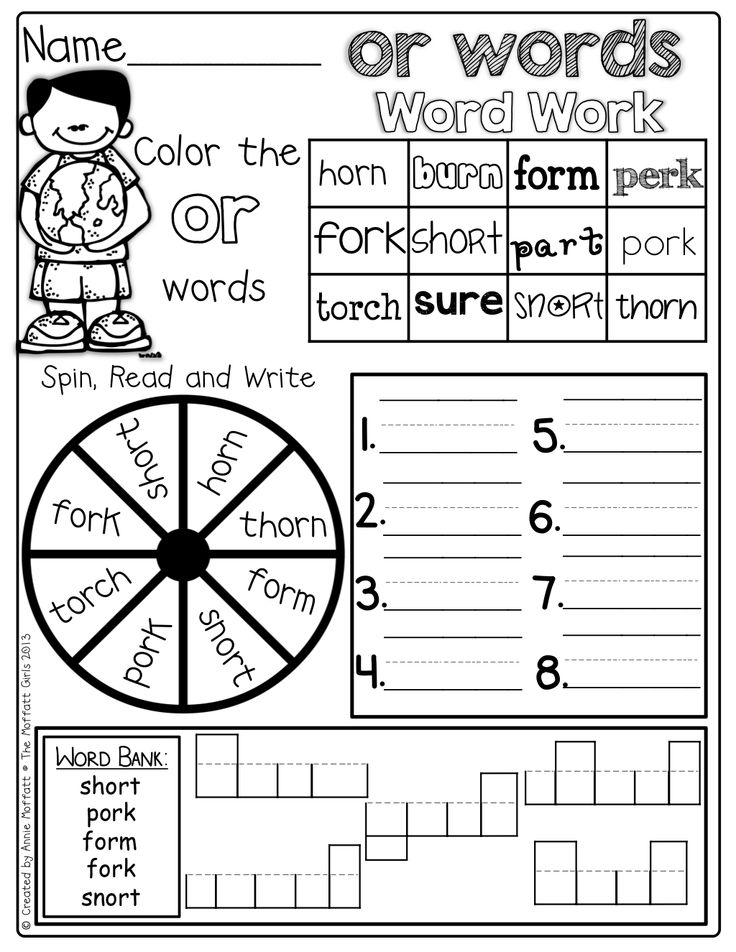 Clovercroft Publishing
Combel Editorial
Compass Point Books
Compendium
Conari Press
Consortium Book Sales & Distribution
Cooper Square Publishing, LLC
Cormorant Books
Cormorant Books, Inc.
Cottage Door Press
Crabtree
Crabtree Publishing
Crackboom!
Creative Teaching Press
Creston Books
Cricket Media
Cross Your Fingers
Cuento De Luz
Da Capo Press
Dafina Books
Dark Horse Comics
David Macaulay Studio
Dawn Publications
DC Comics
Devorss & Company
Diamond Book Distributors
Disney Book Group
Diversion Publishing
DK Publishing
Dottir
Dover Publications
Drawn and Quarterly
Dundurn
Duo Press
Earth Science Simplified
ECS Learning Systems, Inc.
Clovercroft Publishing
Combel Editorial
Compass Point Books
Compendium
Conari Press
Consortium Book Sales & Distribution
Cooper Square Publishing, LLC
Cormorant Books
Cormorant Books, Inc.
Cottage Door Press
Crabtree
Crabtree Publishing
Crackboom!
Creative Teaching Press
Creston Books
Cricket Media
Cross Your Fingers
Cuento De Luz
Da Capo Press
Dafina Books
Dark Horse Comics
David Macaulay Studio
Dawn Publications
DC Comics
Devorss & Company
Diamond Book Distributors
Disney Book Group
Diversion Publishing
DK Publishing
Dottir
Dover Publications
Drawn and Quarterly
Dundurn
Duo Press
Earth Science Simplified
ECS Learning Systems, Inc.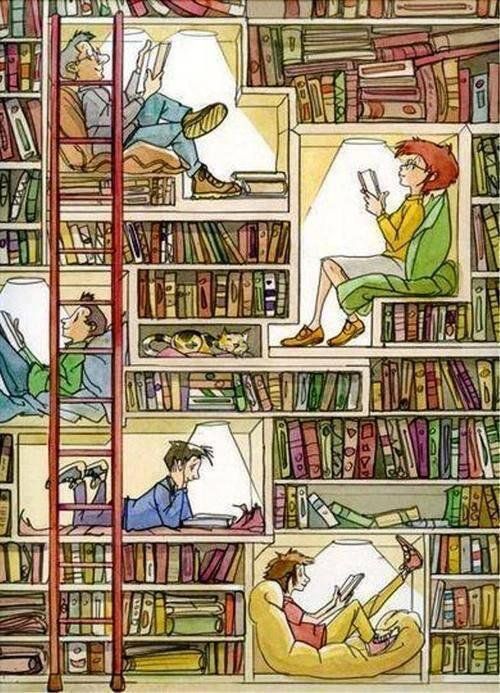 Edaf
Ediciones Aljibe
Editorial Alma
Editorial El Pirata
Editorial Kairos
Editorial Oceano De Mexico
Editorial Salamandra
Educational Development Corporation Publishing
EK Books
Enchanted Lion Books
Enslow Publishers
Faber + Faber
Fabled Films Press
Familius
Farrar, Straus and Giroux
Federal Street Press
Feeding Minds
Feiwel & Friends
Feminist Press
Firefly Books
Fitzhenry & Whiteside Publishing
Fitzroy
Flamingo Rampant
Flashlight Press
Floris
Flowerpot Press
Flyaway Books
Flying Start Books
Fondo De Cultura Economica, USA
Free Spirit Publishing
Fulcrum Publishing
Future Horizons
Gardner Publishing
Gareth Stevens Publishing
Gecko Press USA
Gestalten Books
Gibbs Smith
Good Year Books
Gran Travesia
Granity Studios
Graphic Arts Books
Green Card Voices
Greenhaven Press
Groundwood Books
Grove Press
Gryphon House, Inc.
Edaf
Ediciones Aljibe
Editorial Alma
Editorial El Pirata
Editorial Kairos
Editorial Oceano De Mexico
Editorial Salamandra
Educational Development Corporation Publishing
EK Books
Enchanted Lion Books
Enslow Publishers
Faber + Faber
Fabled Films Press
Familius
Farrar, Straus and Giroux
Federal Street Press
Feeding Minds
Feiwel & Friends
Feminist Press
Firefly Books
Fitzhenry & Whiteside Publishing
Fitzroy
Flamingo Rampant
Flashlight Press
Floris
Flowerpot Press
Flyaway Books
Flying Start Books
Fondo De Cultura Economica, USA
Free Spirit Publishing
Fulcrum Publishing
Future Horizons
Gardner Publishing
Gareth Stevens Publishing
Gecko Press USA
Gestalten Books
Gibbs Smith
Good Year Books
Gran Travesia
Granity Studios
Graphic Arts Books
Green Card Voices
Greenhaven Press
Groundwood Books
Grove Press
Gryphon House, Inc.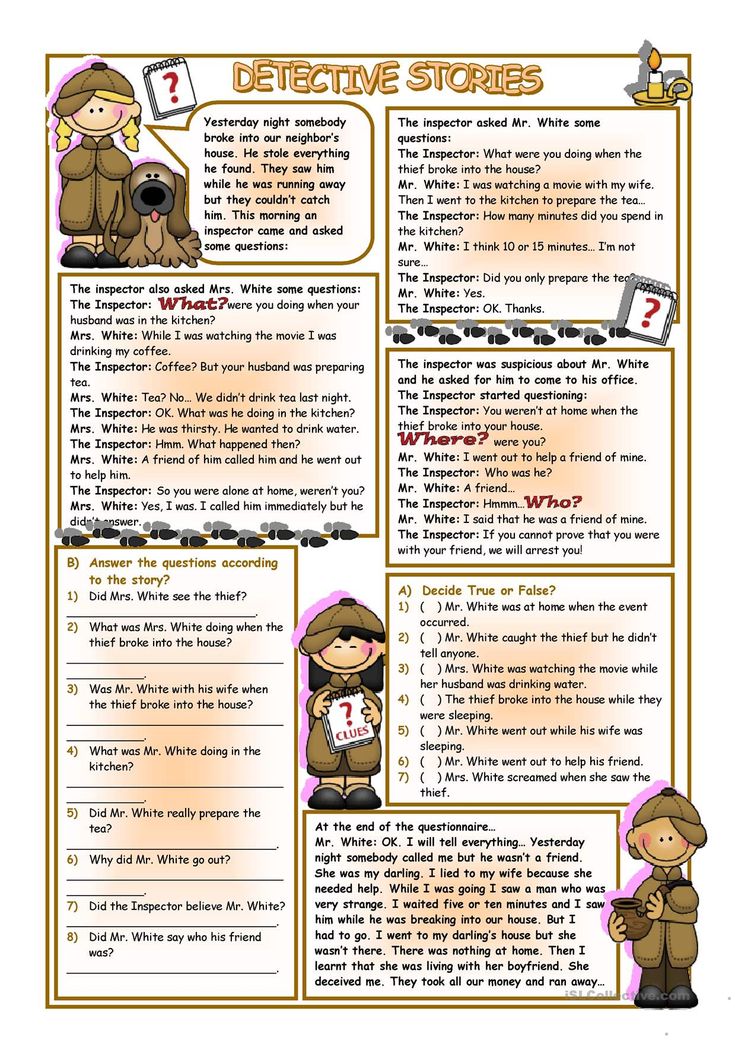 Guinness Records
Hachette Book Group
Hachette Book Group UK
Hameray Publishing Group
Handersen
Handprint Books
Harlequin
Harper Collins
HarperCollins
HarperCollins Christian Publishing
Heinemann Professional
Heinemann-Raintree
Henry Holt & Company
Heritage House Publishing
Heyday
HighBridge Audio
Highlights Press
Hippocrene Books
Holiday House
Houghton Mifflin Harcourt
Humanoids
Hungry Tomato
IDW Publishing
IFWG Publishing International
IgKids
Image Comics
Independent Publishers Group
Infobase Publishing
Ingram Publisher Services
Ingram Wholesale
Inhabit Media
Innovative Kids
Insight Editions
Interlude
Iron Circus Comics
Islandport Press
Iversen Publishing
Jaguar
JayJo Publishing
Jessica Kingsley
Jossey-Bass Publishers
Jump Library
Jump!
Junior Learning
Just Us Books, Inc.
Guinness Records
Hachette Book Group
Hachette Book Group UK
Hameray Publishing Group
Handersen
Handprint Books
Harlequin
Harper Collins
HarperCollins
HarperCollins Christian Publishing
Heinemann Professional
Heinemann-Raintree
Henry Holt & Company
Heritage House Publishing
Heyday
HighBridge Audio
Highlights Press
Hippocrene Books
Holiday House
Houghton Mifflin Harcourt
Humanoids
Hungry Tomato
IDW Publishing
IFWG Publishing International
IgKids
Image Comics
Independent Publishers Group
Infobase Publishing
Ingram Publisher Services
Ingram Wholesale
Inhabit Media
Innovative Kids
Insight Editions
Interlude
Iron Circus Comics
Islandport Press
Iversen Publishing
Jaguar
JayJo Publishing
Jessica Kingsley
Jossey-Bass Publishers
Jump Library
Jump!
Junior Learning
Just Us Books, Inc. Kaeden Books
Kane Miller Book Publishers
Kane Press
Kaplan Publishing
Kensington Publishing Corporation
Kids Can Press
Kingfisher
Knowledge Books
Lectorum
Lee and Low
Lerner
Levine Querido
Listen & Live Audio
Little Bee Books
Little Blue House
Little Genius Books
Little Hare
Little Patriot Press
Little, Brown
Live Oak Media
London Town Press
Lonely Planet
Macmillan
Macmillan Iberia
Magic Touch Books
Maple Tree Press
Maren Green Publishing, Inc.
Marshall Cavendish
Mary Ruth Books
Mason Crest Publishers
Maverick Books
McGraw-Hill
McSweeney's
Meadowbrook Press
Medicine Wheel Eduction
Meredith Special Interest Media/Books
Merriam-Webster Inc.
Kaeden Books
Kane Miller Book Publishers
Kane Press
Kaplan Publishing
Kensington Publishing Corporation
Kids Can Press
Kingfisher
Knowledge Books
Lectorum
Lee and Low
Lerner
Levine Querido
Listen & Live Audio
Little Bee Books
Little Blue House
Little Genius Books
Little Hare
Little Patriot Press
Little, Brown
Live Oak Media
London Town Press
Lonely Planet
Macmillan
Macmillan Iberia
Magic Touch Books
Maple Tree Press
Maren Green Publishing, Inc.
Marshall Cavendish
Mary Ruth Books
Mason Crest Publishers
Maverick Books
McGraw-Hill
McSweeney's
Meadowbrook Press
Medicine Wheel Eduction
Meredith Special Interest Media/Books
Merriam-Webster Inc. Mighty Media Kids
Mikaya Press
Milet Books
Milkweed Editions
Mims House
Minoan Moon Publishing
Missionday
Mondo Publishing
Morgan James Kids
Mountain Press
Muddy Boots Books
Namelos, LLC.
National Book Network
National Center For Youth Issues
National Geographic Society
National Science Teachers Association
New Directions Publishing Corporation
New Frontier Publishing
New World Library
Newmark Learning
No Starch Press
Nobrow Press
Nomad Press
North Star Editions
North Star Publishing
Northampton
Northland Publishing
NorthWord Books
Norwood House Press
Nostra
NubeOcho
Obelisco
Oceano Historias Graficas
Octopus Publishing Group, Ltd.
Mighty Media Kids
Mikaya Press
Milet Books
Milkweed Editions
Mims House
Minoan Moon Publishing
Missionday
Mondo Publishing
Morgan James Kids
Mountain Press
Muddy Boots Books
Namelos, LLC.
National Book Network
National Center For Youth Issues
National Geographic Society
National Science Teachers Association
New Directions Publishing Corporation
New Frontier Publishing
New World Library
Newmark Learning
No Starch Press
Nobrow Press
Nomad Press
North Star Editions
North Star Publishing
Northampton
Northland Publishing
NorthWord Books
Norwood House Press
Nostra
NubeOcho
Obelisco
Oceano Historias Graficas
Octopus Publishing Group, Ltd.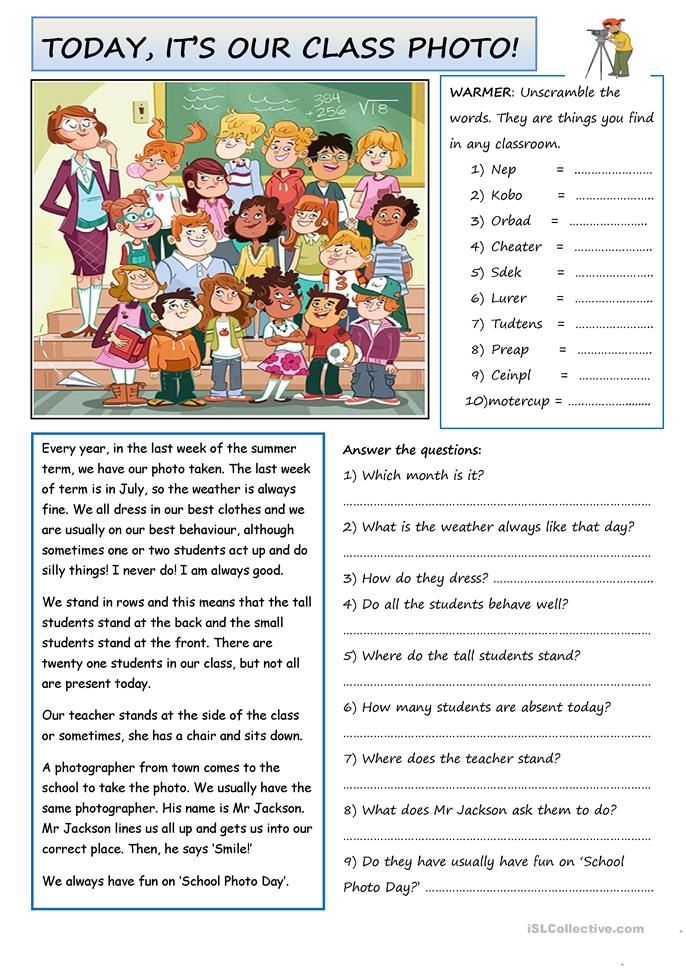 OneWorld Publications
Open Road
Orca Book Publishers
Otter-Barry Books
Owl Kids Books
Oxford University Press
Pajama Press
Papercutz
Paw Prints
Peachtree Publishers
Pelican Publishing Company
Penguin Random House
Penguin Random House Grupo Editorial
Penny Candy Books
Perfection Learning Corp
Perfection Learning Corporation
Periplus Editions
Persnickety Press
Peterson's LLC
Phonic Books, Ltd.
Picador
Picarona
Pineapple Press
Pioneer Valley Books
Planeta Publishing
Plough Publishing House
Pomelo Books
Portable Press
Portage & Main Press
Pow! Kids Books
Powerhouse Books
Prentice Hall
Prestwick House
Priddy Books
Princeton Architectural Press
Printer's Row
Public Affairs
Publishers Group West
Quarto
Quarto Library
Quayside Publishing Group
Quercus
Quirk Books
Raven Tree Press
Reader's Digest
Readers to Eaters
Real MVP Kids
Red Chair Press
Red Deer Press
Redleaf Press
Reedy Press
Regnery Press
Reycraft
Richard C.
OneWorld Publications
Open Road
Orca Book Publishers
Otter-Barry Books
Owl Kids Books
Oxford University Press
Pajama Press
Papercutz
Paw Prints
Peachtree Publishers
Pelican Publishing Company
Penguin Random House
Penguin Random House Grupo Editorial
Penny Candy Books
Perfection Learning Corp
Perfection Learning Corporation
Periplus Editions
Persnickety Press
Peterson's LLC
Phonic Books, Ltd.
Picador
Picarona
Pineapple Press
Pioneer Valley Books
Planeta Publishing
Plough Publishing House
Pomelo Books
Portable Press
Portage & Main Press
Pow! Kids Books
Powerhouse Books
Prentice Hall
Prestwick House
Priddy Books
Princeton Architectural Press
Printer's Row
Public Affairs
Publishers Group West
Quarto
Quarto Library
Quayside Publishing Group
Quercus
Quirk Books
Raven Tree Press
Reader's Digest
Readers to Eaters
Real MVP Kids
Red Chair Press
Red Deer Press
Redleaf Press
Reedy Press
Regnery Press
Reycraft
Richard C.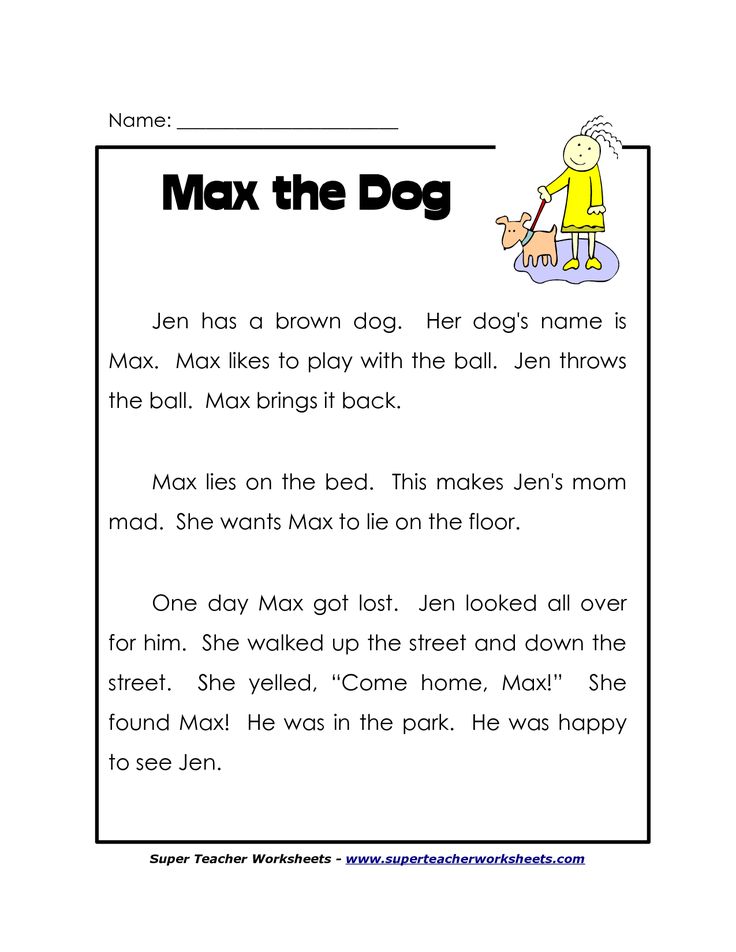 Owen Publishers, Inc.
Rigby
Ripley Entertainment, Inc.11
RiverStream Publishing
Roaring Brook
Rosen Publishing
Rourke
Running Press
Running The Goat, Books & Broadsides
Saddleback Educational Publishing
SAGE Publications
Santillana
Santillana USA
Sasquatch Books
SCB Distributors
Schiffer
Scholastic
Scholastic Library Publishing
Scholastic Professional
Scholastic Teaching Resources
Science, Naturally
Scobre Press
Scout Comics
Scribble
Seahorse
Seal Press
Second Story Press
Sequoia
Shadow Mountain Publishing
Shell Education
Simon & Schuster
Simply Read Books
Six Foot Press
Skyhorse Publishing
Sleeping Bear Press
Soaring Kite
Sourcebooks
Spanish Publishers
Spark Press
Sparks Fly
Square Fish
St. Owen Publishers, Inc.
Rigby
Ripley Entertainment, Inc.11
RiverStream Publishing
Roaring Brook
Rosen Publishing
Rourke
Running Press
Running The Goat, Books & Broadsides
Saddleback Educational Publishing
SAGE Publications
Santillana
Santillana USA
Sasquatch Books
SCB Distributors
Schiffer
Scholastic
Scholastic Library Publishing
Scholastic Professional
Scholastic Teaching Resources
Science, Naturally
Scobre Press
Scout Comics
Scribble
Seahorse
Seal Press
Second Story Press
Sequoia
Shadow Mountain Publishing
Shell Education
Simon & Schuster
Simply Read Books
Six Foot Press
Skyhorse Publishing
Sleeping Bear Press
Soaring Kite
Sourcebooks
Spanish Publishers
Spark Press
Sparks Fly
Square Fish
St.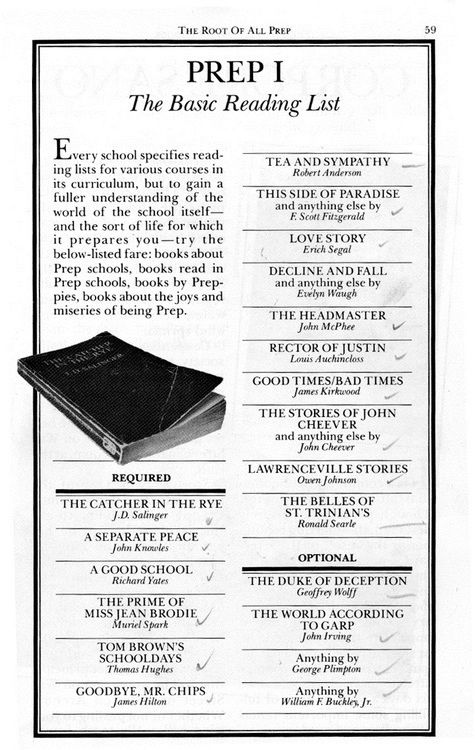 Martin's Press
Starbright Books
Starry Forest
Starscape
Steck-Vaughn
Stenhouse
Stenhouse Zaner-Bloser
Sterling
Sterling Publishing Company
Summersdale Publishers
Sundance
Sundance Publishing
Susaeta
Sweet Cherry Publishing
Syncretic Press
Tachyon
Tanglewood Press
Tara Books Private Limited
Taylor Trade Publishing
Teacher Created Materials
The Child's World
The Collective Book Studio
The Cornell Lab Of Ornithology
The Creative Company
The Innovation Press
The Legacy Project
The National Academies Press
The New Press
The RoadRunner Press
The Secret Mountain
Theytus Books
Thule Ediciones
Tiferet Educational Publishing House
Tiger Tales
Tilbury House Publishers
Timbuktu Labs
Toon Books
Tor/Forge
Toromitico
Townsend Press
Tra Publishing
Tradewind Books
Trafalgar Square Publishing
Treasure Bay, Inc. Martin's Press
Starbright Books
Starry Forest
Starscape
Steck-Vaughn
Stenhouse
Stenhouse Zaner-Bloser
Sterling
Sterling Publishing Company
Summersdale Publishers
Sundance
Sundance Publishing
Susaeta
Sweet Cherry Publishing
Syncretic Press
Tachyon
Tanglewood Press
Tara Books Private Limited
Taylor Trade Publishing
Teacher Created Materials
The Child's World
The Collective Book Studio
The Cornell Lab Of Ornithology
The Creative Company
The Innovation Press
The Legacy Project
The National Academies Press
The New Press
The RoadRunner Press
The Secret Mountain
Theytus Books
Thule Ediciones
Tiferet Educational Publishing House
Tiger Tales
Tilbury House Publishers
Timbuktu Labs
Toon Books
Tor/Forge
Toromitico
Townsend Press
Tra Publishing
Tradewind Books
Trafalgar Square Publishing
Treasure Bay, Inc.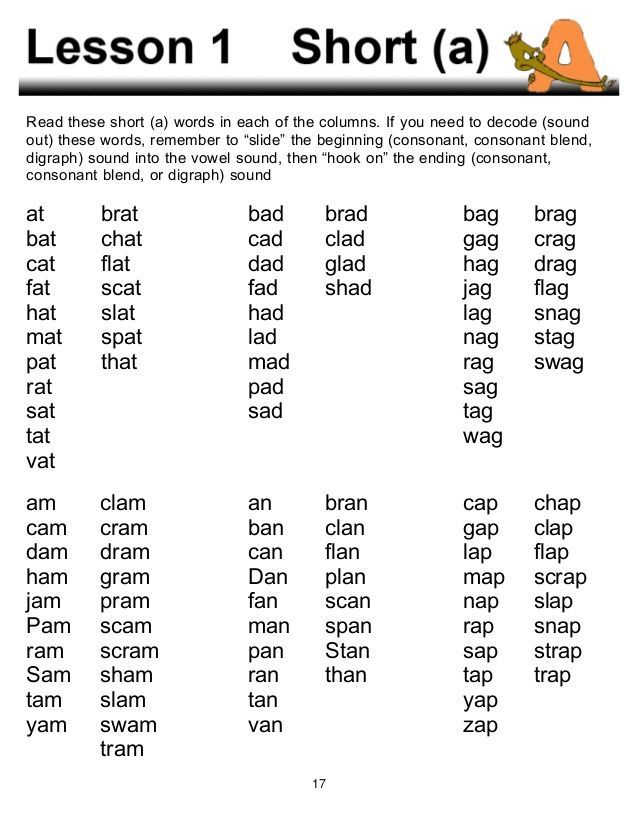 Triangle Press
Tumblehome Learning
Tundra Books
Turner Publishing Company
Tuttle Publishing
Two Rivers Distribution
Two-Can Publishing
Ulysses Press
University of California Press
University of New Mexico Press
University Of Toronto Press
Upstart Press
Usborne Books
Vista Higher Learning, Inc.
VIZ Media
W. W. Norton & Company, Inc.
Walker Publishing Company
Wednesday Books
Weigl Publishing
Wendy Pye Publishing, Ltd.
West Margin Press
Weston Woods
Wide World Publishing
Wiley Publishers
William B.
Triangle Press
Tumblehome Learning
Tundra Books
Turner Publishing Company
Tuttle Publishing
Two Rivers Distribution
Two-Can Publishing
Ulysses Press
University of California Press
University of New Mexico Press
University Of Toronto Press
Upstart Press
Usborne Books
Vista Higher Learning, Inc.
VIZ Media
W. W. Norton & Company, Inc.
Walker Publishing Company
Wednesday Books
Weigl Publishing
Wendy Pye Publishing, Ltd.
West Margin Press
Weston Woods
Wide World Publishing
Wiley Publishers
William B.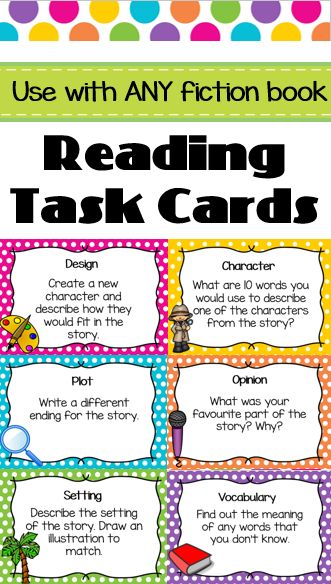 Eerdmans Publishing Company
Wings Press
Wisdom Tales
Workman
World Scientific
Worthy Kids
Write Bloody Publishing
Wundermill
Y Finkel
Yjkids
Yosemite Conservancy
Zest Books
Zondervan
Zuiker Press Eerdmans Publishing Company
Wings Press
Wisdom Tales
Workman
World Scientific
Worthy Kids
Write Bloody Publishing
Wundermill
Y Finkel
Yjkids
Yosemite Conservancy
Zest Books
Zondervan
Zuiker Press
| Publishers (selected) |
Price: to
Copyright: to
Clear All FieldsSearch
Enter your information to receive relevant updates on literacy news and tools.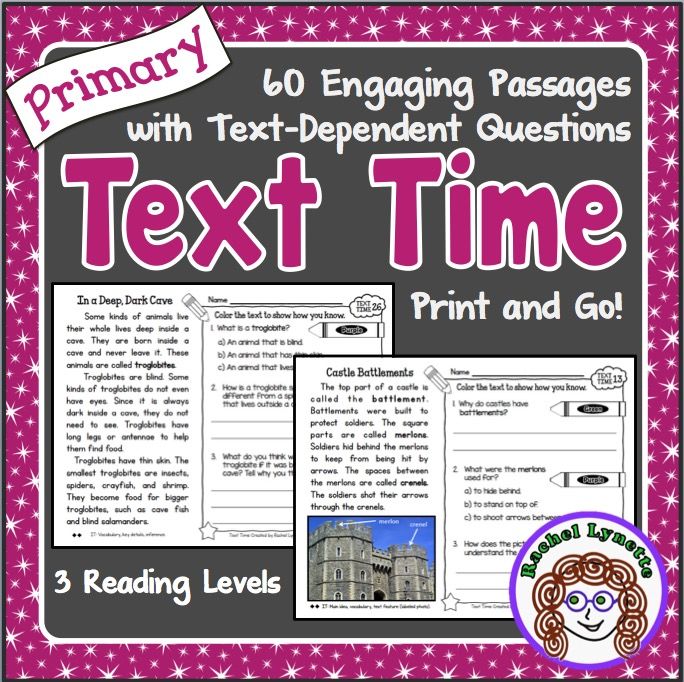
Name is required
Organization Name is required
AfghanistanAland IslandsAlbaniaAlgeriaAmerican SamoaAndorraAngolaAnguillaAntarcticaAntigua and BarbudaArgentinaArmeniaArubaAustraliaAustriaAzerbaijanBahamasBahrainBangladeshBarbadosBelarusBelgiumBelizeBeninBermudaBhutanBoliviaBonaire, Sint Eustatius and SabaBosnia and HerzegovinaBotswanaBouvet IslandBrazilBritish Indian Ocean TerritoryBrunei DarussalamBulgariaBurkina FasoBurundiCambodiaCameroonCanadaCape VerdeCaribbeanCayman IslandsCentral African RepublicChadChileChinaChristmas IslandCocos (Keeling) IslandsColombiaComorosCongoCongo, the Democratic Republic of theCook IslandsCosta RicaCote d'IvoireCroatiaCubaCuraçaoCyprusCzech RepublicDenmarkDjiboutiDominicaDominican RepublicEcuadorEgyptEl SalvadorEquatorial GuineaEritreaEstoniaEthiopiaFalkland Islands (Malvinas)Faroe IslandsFijiFinlandFranceFrench GuianaFrench PolynesiaFrench Southern TerritoriesGabonGambiaGeorgiaGermanyGhanaGibraltarGreeceGreenlandGrenadaGuadeloupeGuamGuatemalaGuernseyGuineaGuinea-BissauGuyanaHaitiHeard Island and McDonald IslandsHoly See (Vatican City State)HondurasHong KongHungaryIcelandIndiaIndonesiaIranIraqIrelandIsle of ManIsraelItalyJamaicaJapanJerseyJordanKazakhstanKenyaKiribatiKorea, Democratic People's Republic ofKuwaitKyrgyzstanLao People's Democratic RepublicLatviaLebanonLesothoLiberiaLibyaLiechtensteinLithuaniaLuxembourgMacauMacedoniaMadagascarMalawiMalaysiaMaldivesMaliMaltaMarshall IslandsMartiniqueMauritaniaMauritiusMayotteMexicoMicronesia, Federated States ofMoldova, Republic ofMonacoMongoliaMontenegroMontserratMoroccoMozambiqueMyanmarNamibiaNauruNepalNetherlandsNew CaledoniaNew ZealandNicaraguaNigerNigeriaNiueNorfolk IslandNorth KoreaNorthern Mariana IslandsNorwayOmanPakistanPalauPalestine, State ofPanamaPapua New GuineaParaguayPeruPhilippinesPitcairnPolandPortugalPuerto RicoQatarReunionRomaniaRussiaRwandaSaint BarthélemySaint Helena, Ascension and Tristan da CunhaSaint Kitts and NevisSaint LuciaSaint Martin (French part)Saint Pierre and MiquelonSaint Vincent and the GrenadinesSamoaSan MarinoSao Tome and PrincipeSaudi ArabiaSenegalSerbiaSeychellesSierra LeoneSingaporeSint Maarten (Dutch part)SlovakiaSloveniaSolomon IslandsSomaliaSouth AfricaSouth Georgia and the South Sandwich IslandsSouth KoreaSouth SudanSpainSri LankaSudanSurinameSvalbard and Jan MayenSwazilandSwedenSwitzerlandSyrian Arab RepublicTaiwanTajikistanTanzania, United Republic ofThailandTimor-LesteTogoTokelauTongaTrinidad and TobagoTunisiaTurkeyTurkmenistanTurks and Caicos IslandsTuvaluU.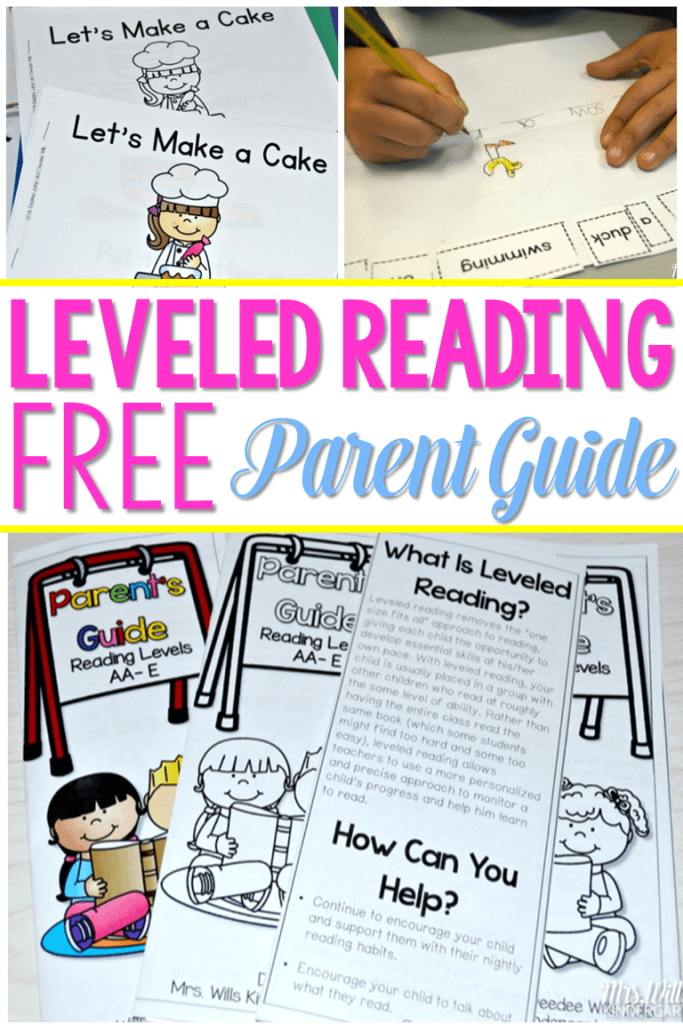 A.E.UgandaUkraineUnited KingdomUnited StatesUnited States Minor Outlying IslandsUruguayUzbekistanVanuatuVenezuelaVietnamVirgin Islands, BritishVirgin Islands, U.S.Wallis and FutunaWestern SaharaYemenZambiaZimbabwe
State is required
Select a StateALABAMA ALASKA ARIZONA ARKANSAS CALIFORNIA COLORADO CONNECTICUT DELAWARE DISTRICT OF COLUMBIA FLORIDA GEORGIA HAWAII IDAHO ILLINOIS INDIANA IOWA KANSAS KENTUCKY LOUISIANA MAINE MARYLAND MASSACHUSETTS MICHIGAN MINNESOTA MISSISSIPPI MISSOURI MONTANA NEBRASKA NEVADA NEW HAMPSHIRE NEW JERSEY NEW MEXICO NEW YORK NORTH CAROLINA NORTH DAKOTA OHIO OKLAHOMA OREGON PENNSYLVANIA RHODE ISLAND SOUTH CAROLINA SOUTH DAKOTA TENNESSEE TEXAS UTAH VERMONT VIRGINIA WASHINGTON WEST VIRGINIA WISCONSIN WYOMING
A valid email address is required
A.E.UgandaUkraineUnited KingdomUnited StatesUnited States Minor Outlying IslandsUruguayUzbekistanVanuatuVenezuelaVietnamVirgin Islands, BritishVirgin Islands, U.S.Wallis and FutunaWestern SaharaYemenZambiaZimbabwe
State is required
Select a StateALABAMA ALASKA ARIZONA ARKANSAS CALIFORNIA COLORADO CONNECTICUT DELAWARE DISTRICT OF COLUMBIA FLORIDA GEORGIA HAWAII IDAHO ILLINOIS INDIANA IOWA KANSAS KENTUCKY LOUISIANA MAINE MARYLAND MASSACHUSETTS MICHIGAN MINNESOTA MISSISSIPPI MISSOURI MONTANA NEBRASKA NEVADA NEW HAMPSHIRE NEW JERSEY NEW MEXICO NEW YORK NORTH CAROLINA NORTH DAKOTA OHIO OKLAHOMA OREGON PENNSYLVANIA RHODE ISLAND SOUTH CAROLINA SOUTH DAKOTA TENNESSEE TEXAS UTAH VERMONT VIRGINIA WASHINGTON WEST VIRGINIA WISCONSIN WYOMING
A valid email address is required
Sign Up
Read speed test.
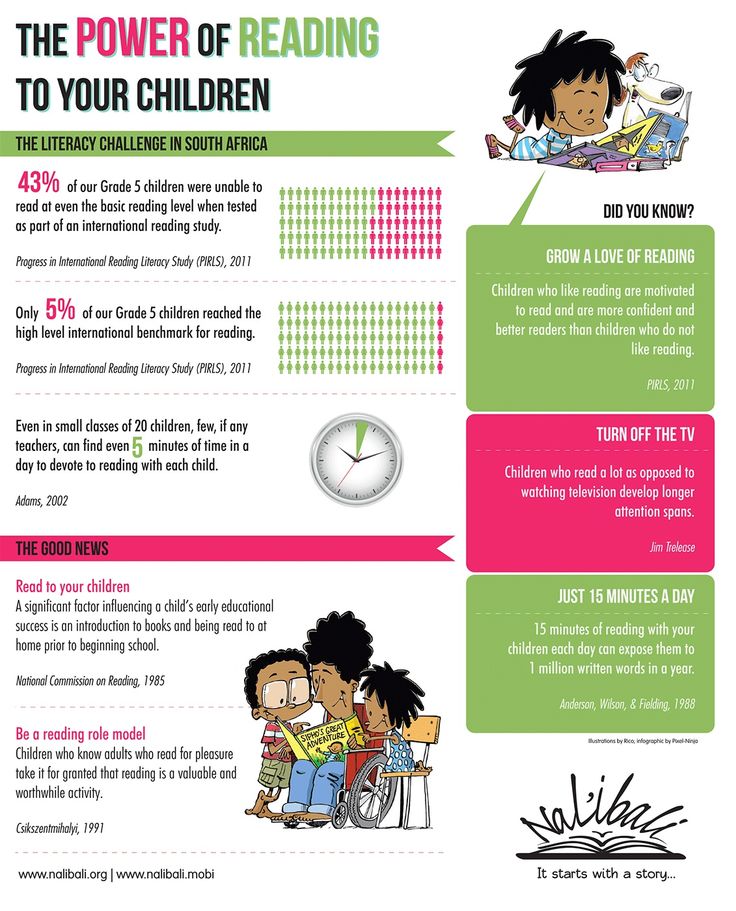 Online simulator for developing reading speed and awareness skills in 2021!
Online simulator for developing reading speed and awareness skills in 2021! Reading speed is an important indicator not only for schoolchildren, who regularly check it. It is very important for an adult in the modern world to be able to navigate in huge flows of information. A reading speed test will help you determine your current level and see if you need to work on improving this skill or if you are reading fluently enough.
Content
1. How to check reading speed?
2. How can I check my reading speed myself?
3. How to test a child's reading speed?
4. What reading speed is considered normal for adults and children?
5. How to choose the right text to test reading speed?
6. The book "Everything you wanted to know about speed reading, but were afraid to ask"
How to check reading speed?
The easiest way is to take a stopwatch (you can use the application on your phone), a text to check your reading speed and read it at a normal pace for one minute.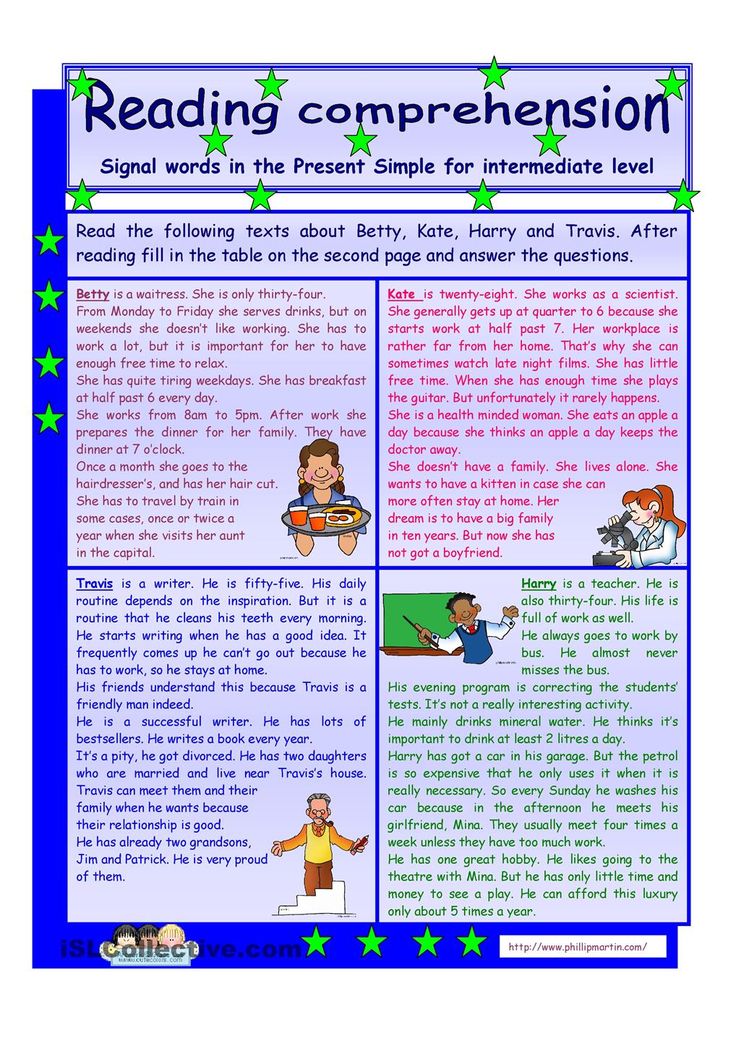 It is important that the text is non-technical, does not contain highly specialized terms and concepts, and is not familiar to the reader. The text should not be too primitive. The testee must see the text for the first time so that the results are not artificially inflated.
It is important that the text is non-technical, does not contain highly specialized terms and concepts, and is not familiar to the reader. The text should not be too primitive. The testee must see the text for the first time so that the results are not artificially inflated.
But what do you care about speed, if you don't understand with what awareness you absorb the text? :)
A much better way to find out your reading speed is to take a free online test. To do this, sit back, enter your name in the form above, press the button and you will immediately see the text that you need to read, slowly, trying to understand everything that is written.
When the entire text is read - click on the button at the very bottom. The program will automatically determine the reading speed and prompt you to answer a few questions to understand the degree of assimilation of the material. As a result of testing, you will receive not only the result of your reading speed and awareness, but also recommendations for improving your reading technique in the format of the book "Everything you wanted to know about speed reading, but were afraid to ask. " Enter a name. Click the button and find out your real reading speed. Have a good day.
" Enter a name. Click the button and find out your real reading speed. Have a good day.
How can I test my reading speed myself?
We have prepared for you a tool with which you can independently check the speed of reading. Our tool include a certain amount of text that you need to read as quickly as possible. You will then have the opportunity to answer a series of questions about the text, allowing the program to determine your level of understanding. Based on the data received, a result and a certificate are issued. This certificate can be shared with your friends on social networks and challenge them to a battle to test the speed and awareness of reading :).
If you want to do it yourself, you can do it according to the following scenario. A text of medium complexity is taken, located on one sheet. You will need an assistant who will keep track of the time and will be able to test the level of your understanding of the information. Check algorithm:
Simultaneously with the start command and the start of the stopwatch, you begin to silently read the text.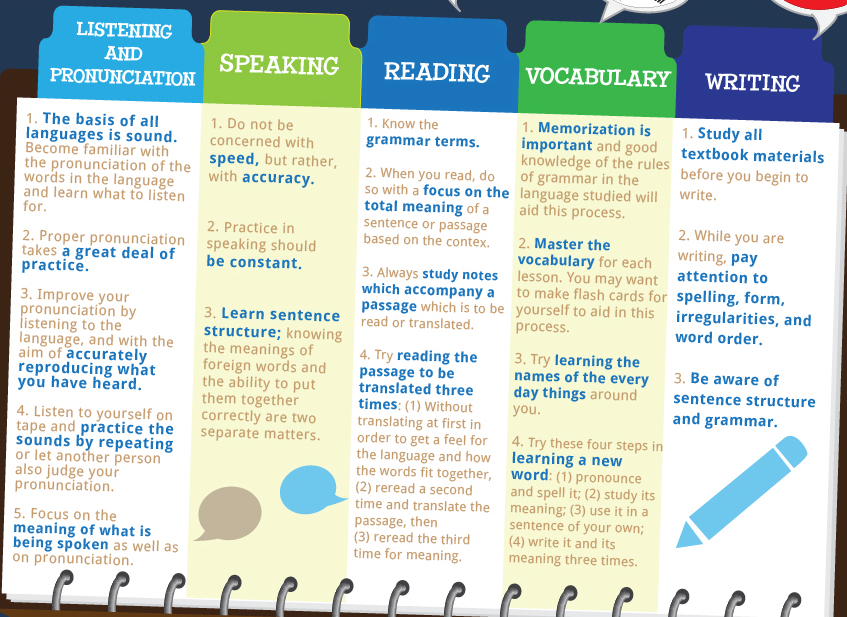
When the text is finished, you say stop - time stops.
Then you need to answer a few questions regarding the content (reading speed implies a full reading comprehension).
The last step is to count the words in the text and determine the average number of words per minute (words in the text can be counted before reading).
This is the certificate you can get based on the results of passing the test
How to check the reading speed of a child?
A child's reading speed can be tested in a similar way. The child should read aloud, at least in elementary school. Then you can switch to the usual way of checking for adults.
Schools often test reading skills by counting the number of words read per minute. This gives a small error, since words come in different sizes, but a similar verification method can also be used.
What reading speed is considered normal for adults and children?
The average reading speed for an adult is 200-230 words per minute.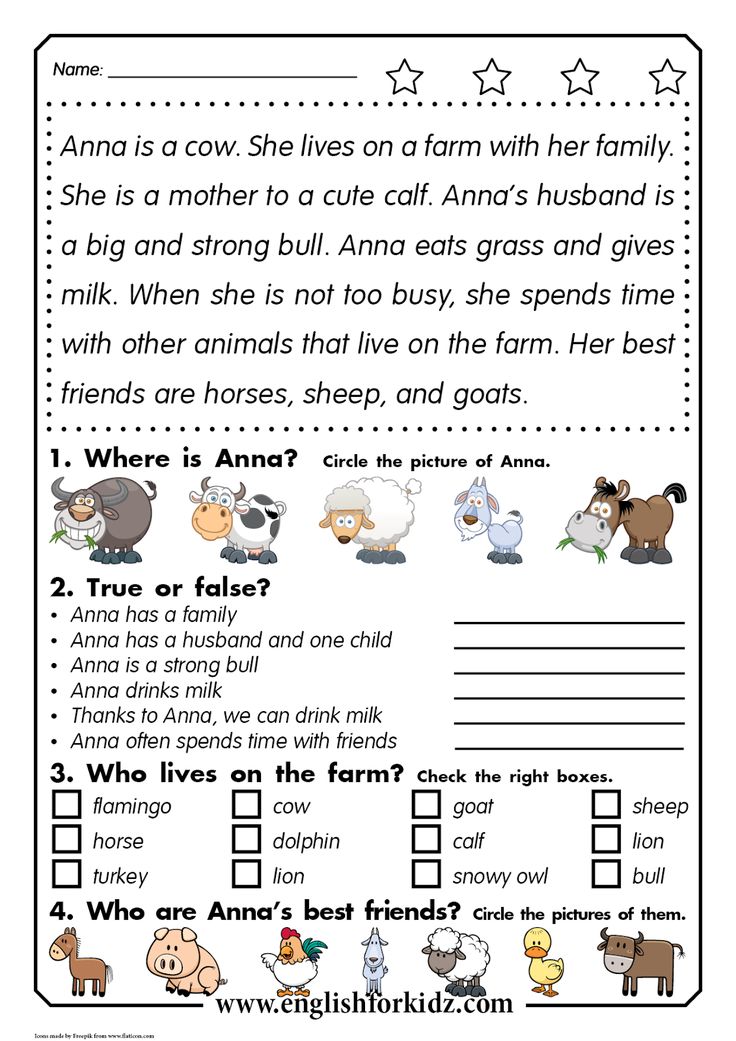 Below average, but an acceptable rate is 150-200 words per minute. Adults who read more than 230 words per minute are considered fast readers. For the speed reading technique, the optimal speed is 350-400 words per minute.
Below average, but an acceptable rate is 150-200 words per minute. Adults who read more than 230 words per minute are considered fast readers. For the speed reading technique, the optimal speed is 350-400 words per minute.
In children, the indicators are dynamic and change depending on age. Approximate norms used in elementary school:
20-30 words per minute for first grade;
45-60 words per minute for second grade;
70-85 words per minute for third grade;
90-125 words per minute for fourth grade.
How to choose the right text to test reading speed?
The criteria for selecting text to test reading speed are identical for adults and children. The only difference is the volume and complexity of the information. The text must match the following parameters:
medium difficulty appropriate for age;
the absence of specific unfamiliar words or their minimum number;
no dialogs;
location on one page;
large, comfortable to read font;
lack of pictures and other distracting elements.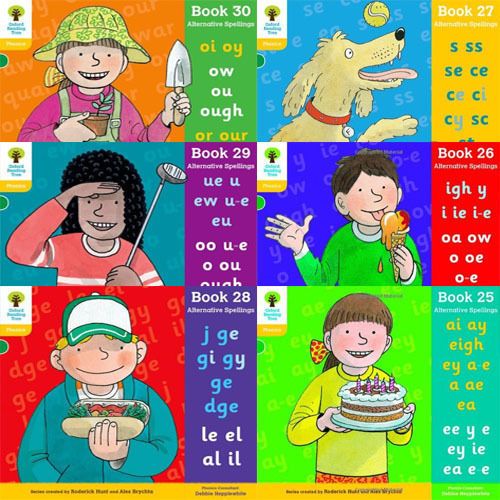
In our tool for testing reading speed and comprehension, we tried to take into account all these factors so that the resulting tool would be convenient for both adults and children. At the same time, he gave a fairly clear answer to the question about the real reading speed.
It should be remembered that reading speed is a variable parameter, which decreases if a person rarely sits down at a book, and increases with constant reading. There are many special techniques aimed at significantly increasing the speed of reading text information.
Everything you wanted to know about speed reading but were afraid to ask test. So don't waste a second,
go back to the very top of the page and go take the test!Reading speed test online is simple, convenient and fast
We have already written so much here about how to correctly measure your reading speed, achieve awareness and interpret the results, that every second of delay before you pass the online reading speed test and receive a personal certificate is just like death.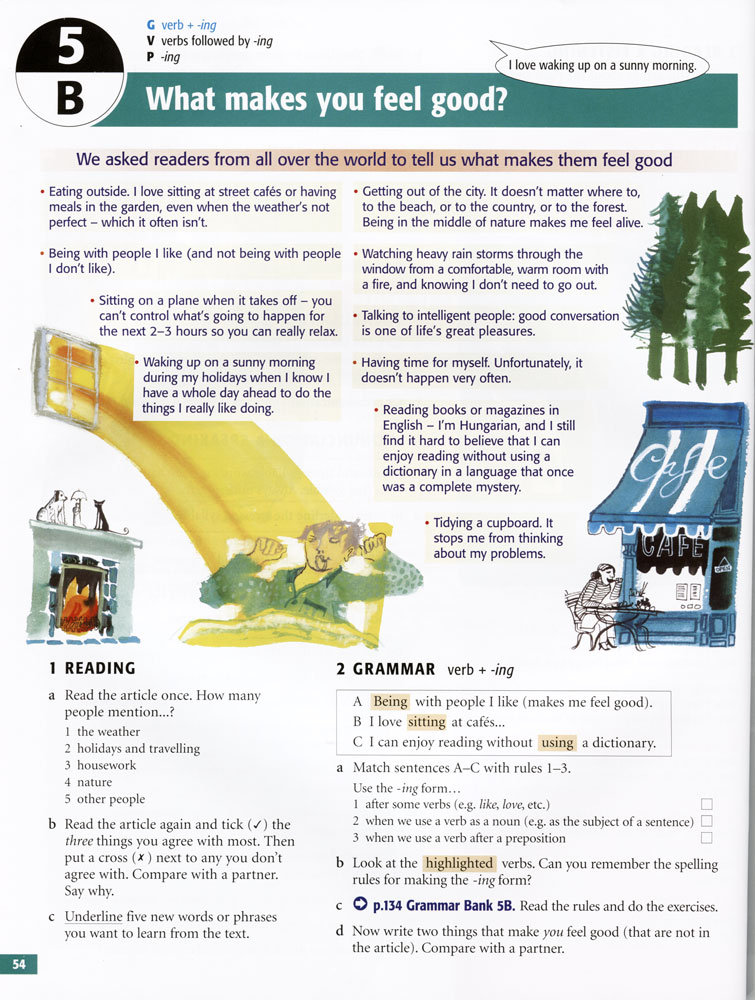 Return to the very beginning of the page, enter your name in the field under the video and go to the enchanting world of unfamiliar texts and tricky questions :).
Return to the very beginning of the page, enter your name in the field under the video and go to the enchanting world of unfamiliar texts and tricky questions :).
📖 Reading speed Q&A section
📕 What formula is used to calculate reading speed?
If it’s very short, then the formula for calculating the reading speed is as follows: V = (Q / T) x K. This formula allows you to get a real figure for reading speed with a correlation to the coefficient of meaningfulness. You can read more about the formula here in this article .
📗 What books do you recommend reading to develop speed reading?
We have compiled a list of the most useful books for the development of speed reading and posted it in a separate post on the blog. The list is constantly updated and gives an idea of the main books with which you can develop speed reading skills.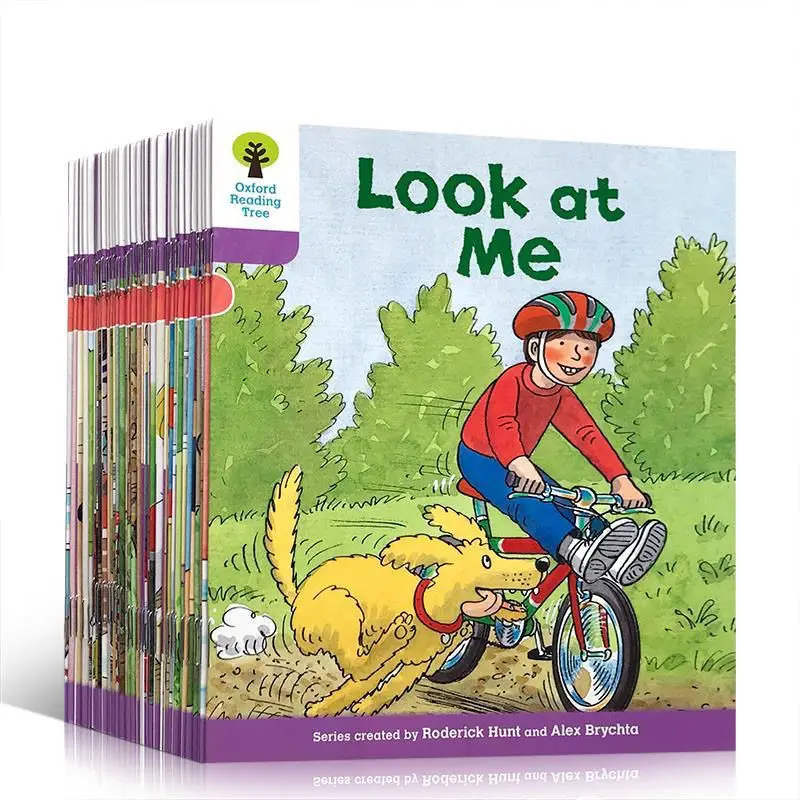
📘 What if I want to increase my reading speed?
You can start by learning the theory, or you can download our workbooks , which we have created especially for those who who wants to start learning speed reading. There are two of them: one notebook for adults, the second for children. Contains some theory and practical exercises designed for several weeks of regular classes.
📙 How to check a child's reading speed?
The reading speed test, which is located on our website, is suitable for both adults, as well as for children. We specifically tried to choose mostly literary texts that will be easy to read. to understand the child. Just go to the reading speed test page from the link above, enter child's name and start reading. Then the program will do everything for you.
📔 I want to check my reading speed online for free.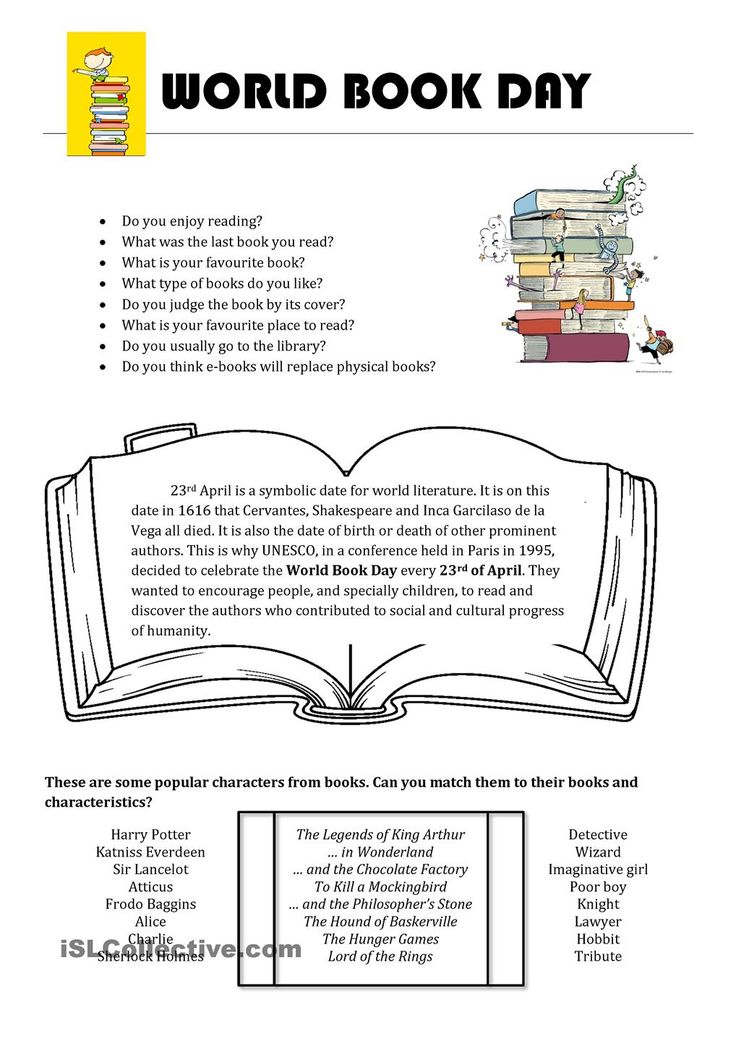 How to do it?
How to do it?
Easier nowhere. The tool, which is located at https://bukva.info/rapid/ , was created just for this. You just enter your name, read the text and answer the questions. The program monitors the speed of your reading and its meaningfulness. After answering the questions, you will receive a certificate with your result. The certificate can be shared with friends in social networks :).
📓 What is the "Read Fast" project?
Read Fast is a project dedicated to the problem of fast and conscious reading. We believe that you can read 3-4 times faster. However, the quality of memory reading material will only increase. Let's try together :).
How to read 100 books a year
Is your list of books to read growing? Do you buy books that you don't even touch later? It's time to fix it.
belchonock/depositphotos.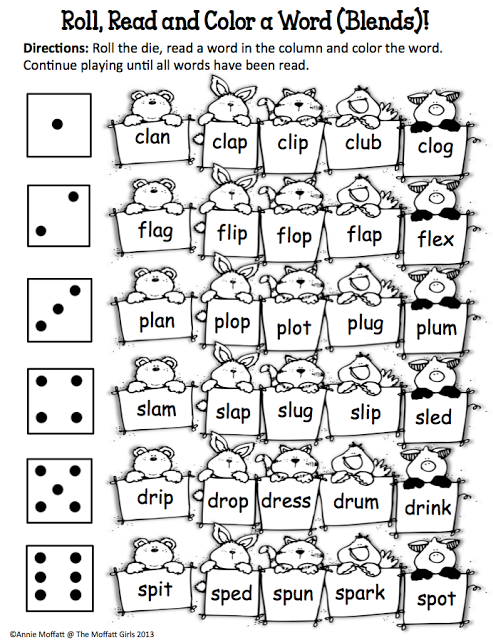 com
com
Buy lots of books
Read constantly
Read faster
Do not disperse attention
Properly approach choice
Read several books simultaneously
Remember read
Warren Buffett, one of the most successful businessmen in world, describes his day like this: "I just sit in the office and read all day." He advises everyone read as much as possible, and that is indeed a worthy goal.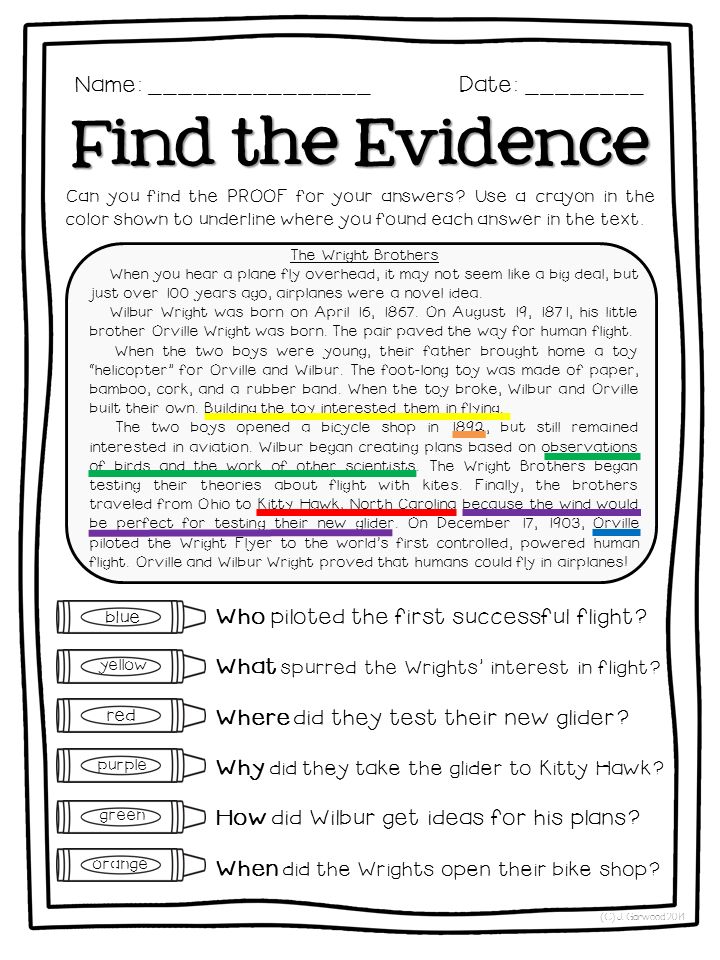 How to make reading permanent habit?
How to make reading permanent habit?
If you have read this article, you are probably also concerned about the fact that you read fewer books than you would like. Every year we read less and less. After school, university, work, family, new worries, obligations appear - and reading goes to second plan.
But in order to really achieve something in this world, you need to constantly gain new knowledge. And books are one of the best sources of information and other people's experiences. So let's set ourselves a goal of reading at least 100 books a year.
“
Fools learn from my own experience, I prefer to learn from the experience of others.
- Otto von Bismarck, the first Chancellor of the German Empire
Books cost both time and money.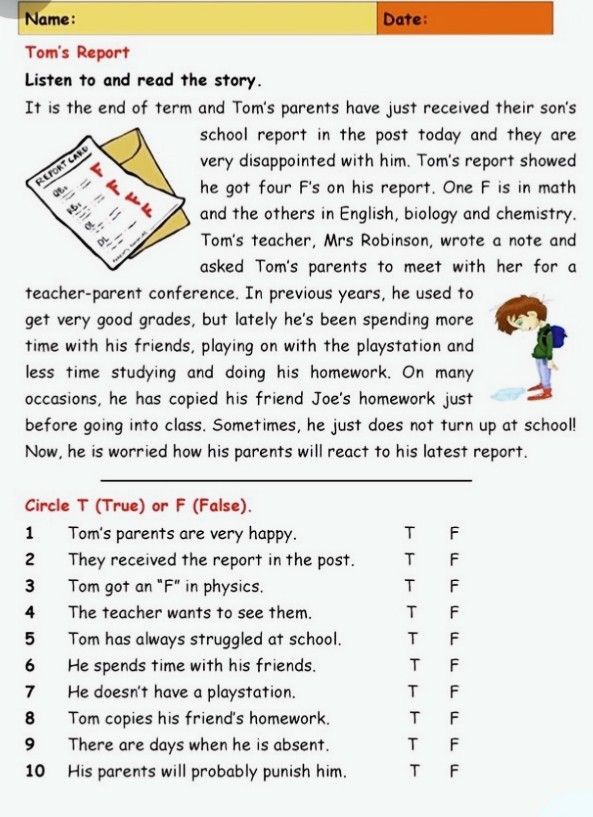 But if everyone can find the time, then the situation with money is more complicated. And here you have two options: earn or save.
But if everyone can find the time, then the situation with money is more complicated. And here you have two options: earn or save.
andriano_cz/depositphotos.com
But make sure the books are worth your investment. Maybe, you personally do not need books and the Internet with television perfectly replace them. In such If so, just don't worry about reading less books. There is nothing terrible in this. Most people simply don't need it. They can safely give 200 dollars for a pair of shoes, but will regret spending the same amount on 20 new books. It's up to you what to choose.
But if you want to know more, you have to buy. The point of this advice is that the more books you have at home, the more choices you have, and this will help you read more.
Here's why.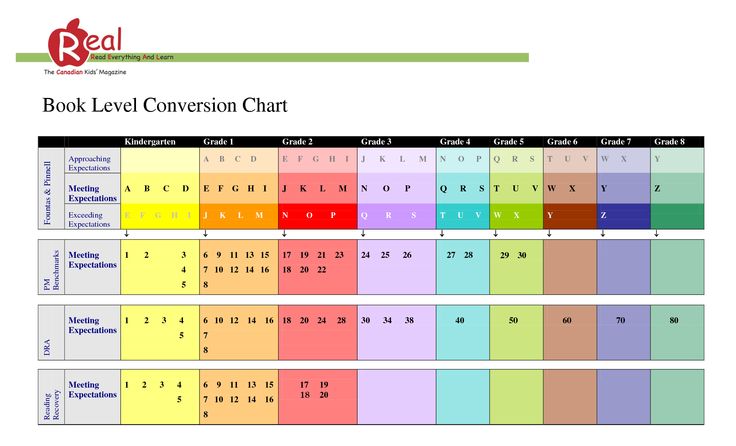 Reading most of the books you don't plan ahead. You don't sit down in January and say, "In the first week of June, I'll be reading this book". Usually you finish a book and look through your bookshelf to decide what to buy. what to take next. If there is no suitable option at hand, you stop reading, until something worthwhile catches your eye. Therefore, it is important that you always have a small supply books.
Reading most of the books you don't plan ahead. You don't sit down in January and say, "In the first week of June, I'll be reading this book". Usually you finish a book and look through your bookshelf to decide what to buy. what to take next. If there is no suitable option at hand, you stop reading, until something worthwhile catches your eye. Therefore, it is important that you always have a small supply books.
mihtiander/depositphotos.com
Daniella Winkler/unsplash.com
“
Have a stock of books — means to always have a reason to read.
Read at least 1 hour a day on weekdays and more during weekends and holidays. Find time for reading in your schedule. Don't make excuses for being too tired or too busy.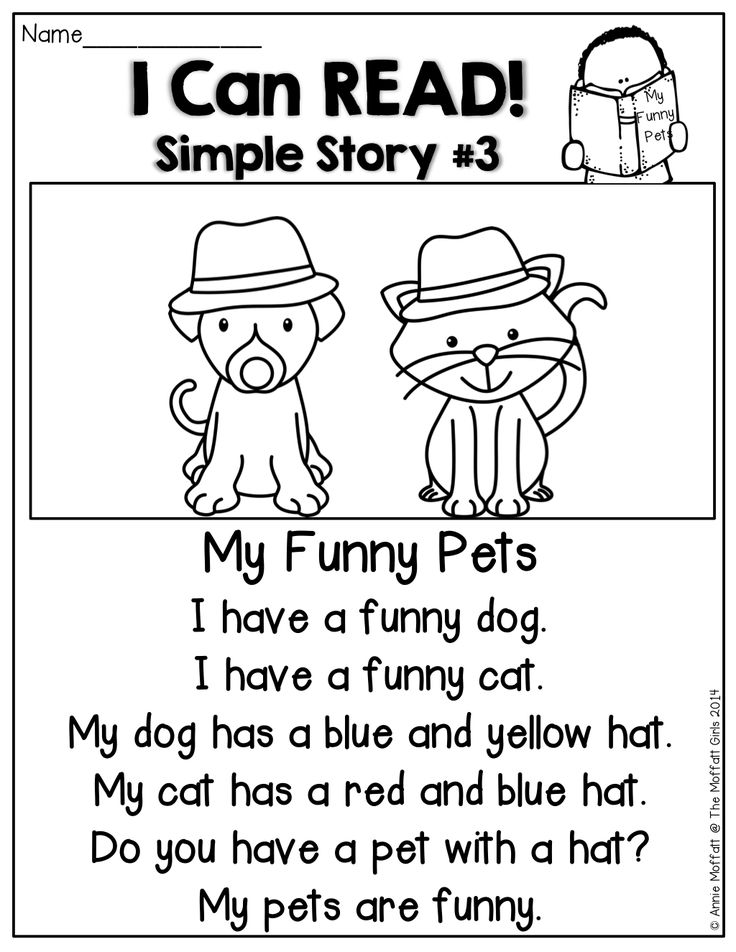
Maria Victoria Portellesr/unsplash.com
Reading all the time means reading when you:
- on the train;
- feed the baby;
- eat;
- are in line at the hospital;
- you are bored at work.
And most importantly: read while others watch the news on TV or check for the 113th time of the day Facebook*.
kasto/depositphotos.com
Padurariu Alexandru/unsplash.com
Milada Vigerova/unsplash.com
If you can do this, you will easily read 100 books per year.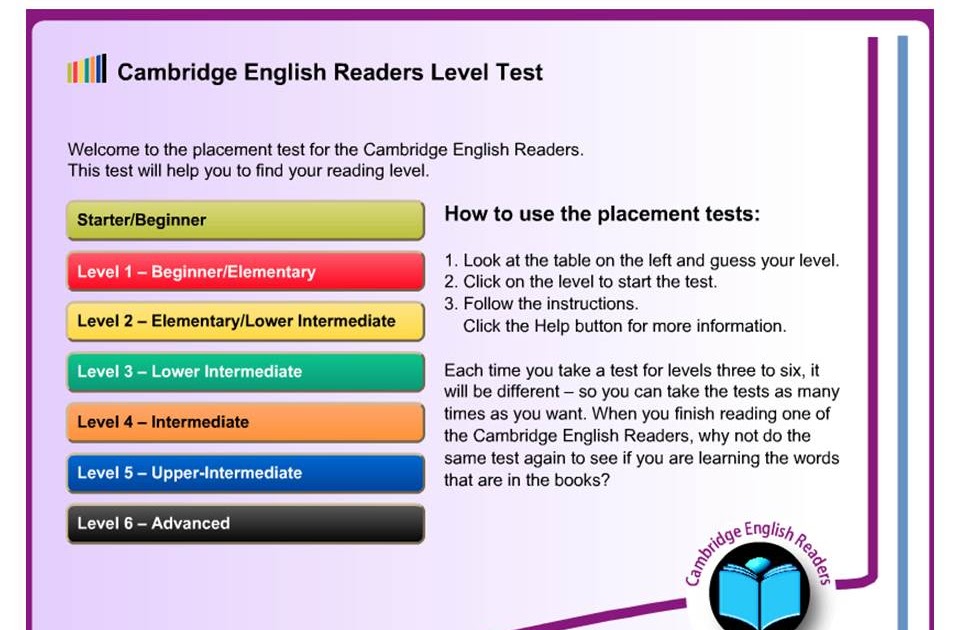 Most people read about 50 pages per hour. If you read 10 hours per week, you will read 26,000 pages in a year. Let's assume that on average there are 250 pages. Simple arithmetic: so you can read 104 books in a year. Moreover, you can even take a two-week break, and then you get exactly 100.
Most people read about 50 pages per hour. If you read 10 hours per week, you will read 26,000 pages in a year. Let's assume that on average there are 250 pages. Simple arithmetic: so you can read 104 books in a year. Moreover, you can even take a two-week break, and then you get exactly 100.
This is a good result, worth the time spent. What can not be said about reading the news on social networks.
“
read? I don't spend much time watching TV (the only exception is football season when I watch one game a week). I watch very few films. I don't spend Lots of commuting time to work. I don't spend a lot of time shopping.
- Shane Parrish, blogger Farnam Street
Looking at the statistics, the average person spends 35 hours a week watching TV, an average of one hour a day commuting to and from work and at least 1 hour per week for shopping.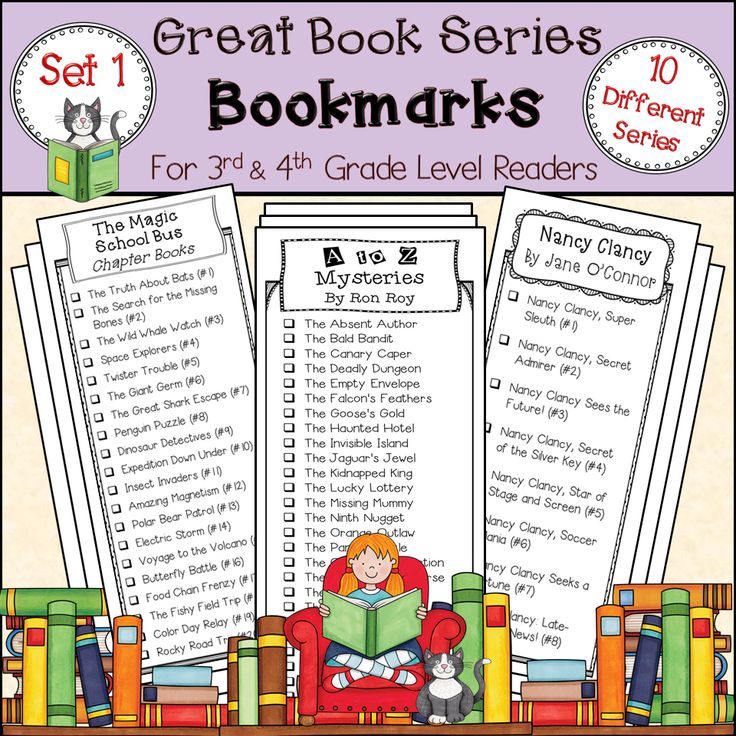 In total, this gives 43 hours a week, and at least some of that time could be spent reading.
In total, this gives 43 hours a week, and at least some of that time could be spent reading.
The obvious way to read more is to learn to read faster. And for most of us, quick wins are much more appealing than routine, slow reading.
Wavebreakmedia/depositphotos.com
So how fast can you read?
Staples, one of of the largest companies in the United States, engaged in the sale of office equipment, collected data on reading speeds of different people as part of an e-book advertising campaign. There are also Russian-language services for measuring reading speed. For example, you can check yourself Here.
According to research Staples, the average adult reads about 300 words per minute. But this is, of course, conditional. data. The rate depends on age and some other demographics.
data. The rate depends on age and some other demographics.
- A 3rd grade student reads about 150 words per minute.
- 8th grade student - 250 words per minute.
- Average college student - 450 words per minute.
- Average high-level executive - 575 words per minute.
- Average college teacher - 675 words per minute.
- Speed Reader - 1,500 words per minute.
- World Champion Speed Reader - 4,700 words per minute.
But fast reading is not always the best way to read more. Reading comprehension is much more important. Often high reading speed or reading obliquely leads to the fact that we retain worse in memory information and forget the details. However, if you can improve your speed a little reading while maintaining reading comprehension is fine. This will definitely be beneficial. But reading faster isn't the only way to read more.
However, if you can improve your speed a little reading while maintaining reading comprehension is fine. This will definitely be beneficial. But reading faster isn't the only way to read more.
You can read quickly, or you can read a lot. The combination of these two skills is a great way to teach yourself to read and not get bored, but at the same time, each of these skills is valuable in itself.
Tulane Public Relations/flickr.com
In fact, for many people it is important not only to read book from beginning to end, for them the story itself is more important. Reading speed doesn't have that much values if you are reading for pleasure.
From this point of view, the desire to read more means having more time to read and getting more information in general: from books, magazines, blog articles, and so on.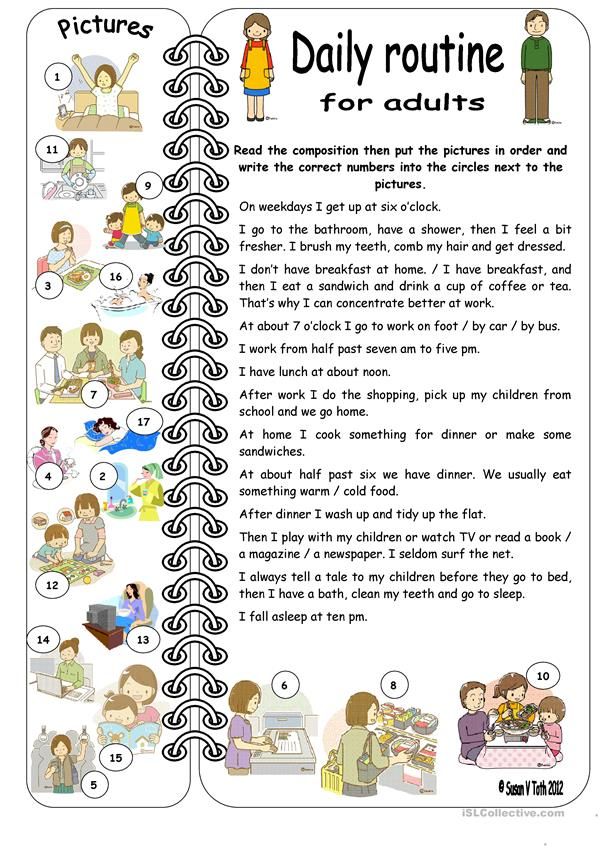
And let's start with the main question. How how many books do you read in a year? According to research, the average adult reads 17 books a year.
The key word here is average. Because the gap between those who reads, and those who do not read, too big. There are those who read much more than 17 books in a year, there are those who read much less - not a single one. According to a 2013 survey, 44% of Russians generally do not take a single book in hand for the whole year.
So let's look at 3 easy way to take in more information.
Method
by Tim Ferris
Method #1
From Tim Ferris, author of How to Work 4 Hours a Day a week and at the same time not to hang around in the office “from call to call”, live anywhere and get rich” and others bestsellers, has its own technique that helps to increase the speed of reading by 3 times.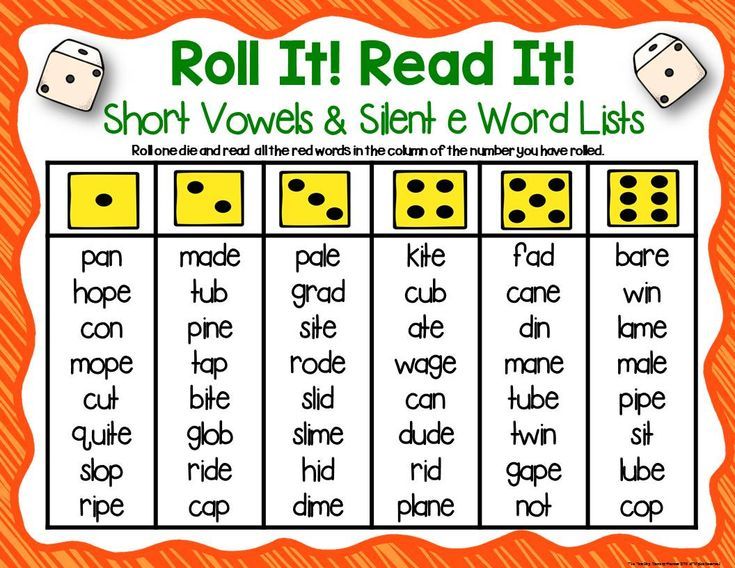 This technique consists of two techniques.
This technique consists of two techniques.
Use a pencil to follow and set the pace (this is how some people run their finger along the lines during reading). Many often return to what they read, jumping with their eyes along the lines. Such indentation slows down reading. But if you point your way with a pencil, then stop getting lost in the text, which means you can read faster.
Start every new line not from the first, but at least from the third word and finish reading the line in three words to end. Try to figure out the rest on your own or capture it with a peripheral vision. At first, do not worry about whether you understand what you read or not, because that the main goal is to adjust your eyes to the new reading speed.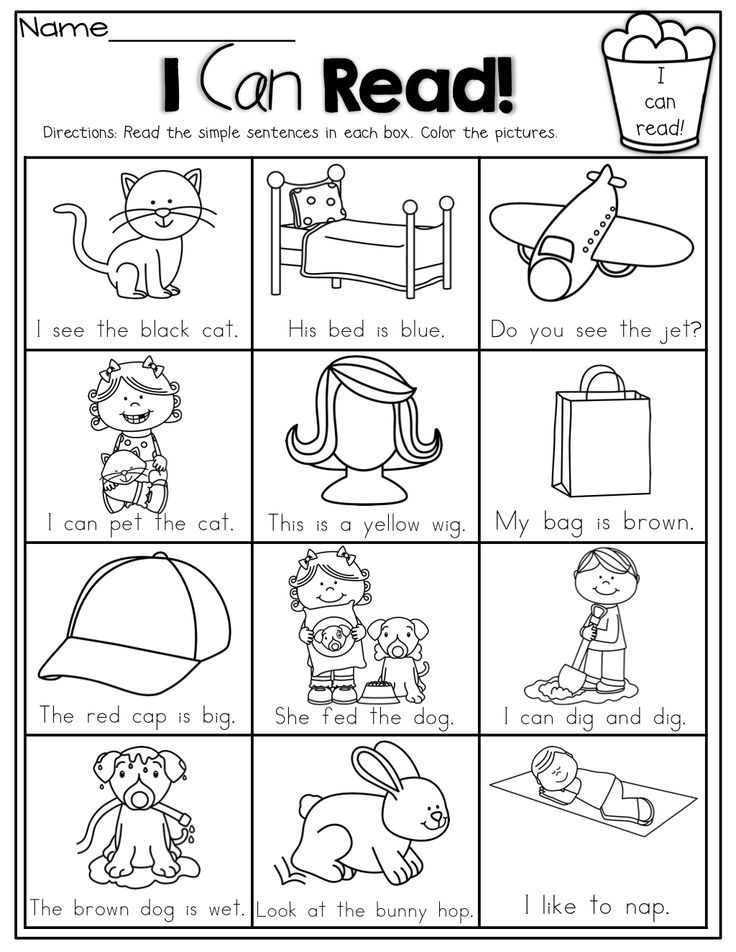 Ferris claims, that one should strive to read a line in half a second. Repeat this process until you get used to this speed, at which point reading comprehension will also start improve.
Ferris claims, that one should strive to read a line in half a second. Repeat this process until you get used to this speed, at which point reading comprehension will also start improve.
The first technique can be used to master second. With practice, you will train your peripheral vision and begin to quickly perceive words that your vision is not directly aimed at.
“
Untrained readers spend half their time in the margins, moving from the first word to the last. This means, that they spend 20–25% of their reading time on parts of the page that do not contain no information.
— Tim Ferris, writer
Use technology
Method #2
Is there room for innovation in reading? The emergence of new method confirms that it is.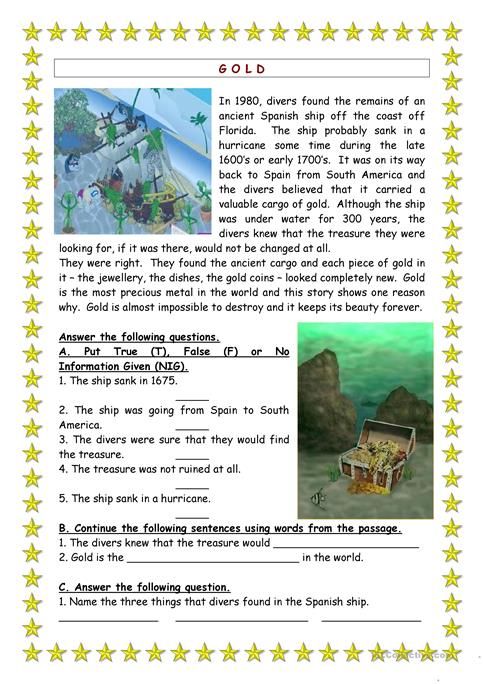 The Spritz speed reading system helps you read faster and platforms like Makeright to digest the contents of a book faster.
The Spritz speed reading system helps you read faster and platforms like Makeright to digest the contents of a book faster.
Spritz
Shows one by one word from an article or book at a time inside a special field. Each word in red one letter is highlighted to facilitate concentration. You set the speed at which it is convenient for you to perceive the text, gradually increasing this indicator. You can install readers that use Spritz technology on your smartphone (there are options for both iOS and Android), download your books and read them faster.
Makeright
Service that publishes summaries of popular books on business, psychology, science and health. You literally in 15 minutes you will learn the main provisions from the work of interest to you, the most saving your time.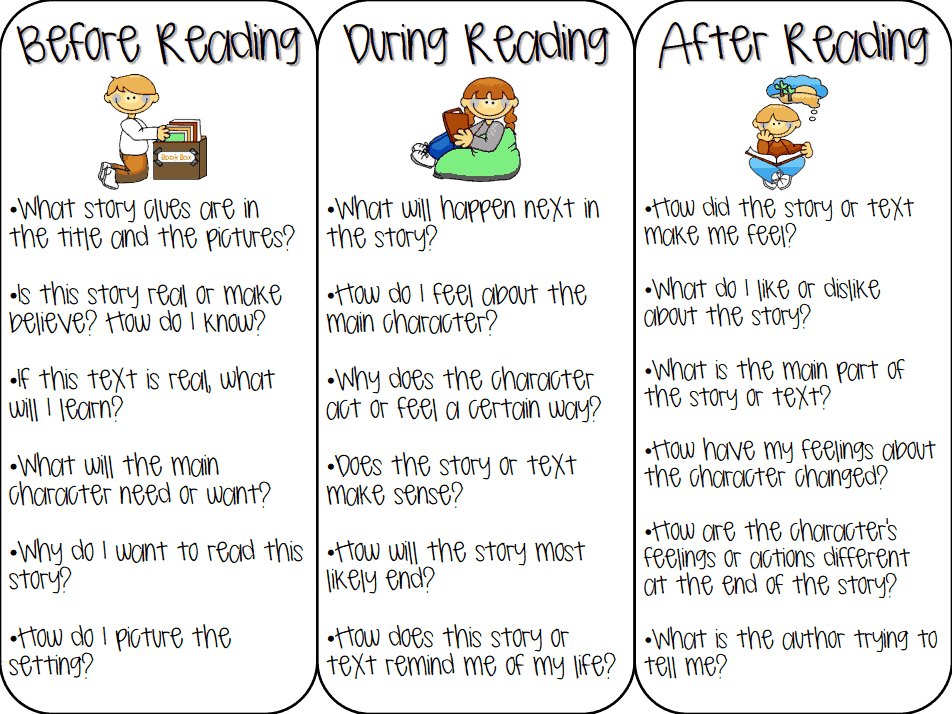 If you are interested in the book, then buy the full version and enjoy.
If you are interested in the book, then buy the full version and enjoy.
Buy eBook
Method no. 3
People who prefer e-books read in an average of 24 books per year, while adherents of traditional paper publications - only 15.
This is quite understandable. E-books are easy to use, portable and convenient. WITH they make it easier to spend a little time reading when there is a free minute. Certainly, maybe you won't read 9 right awaymore books a year, but at least interesting spend time in line or on public transport.
This seemingly counterintuitive advice comes from the author of the seemingly controversial book The Art of Talking About Books You Haven't Read, Pierre Bayard.
belchonock/depositphotos.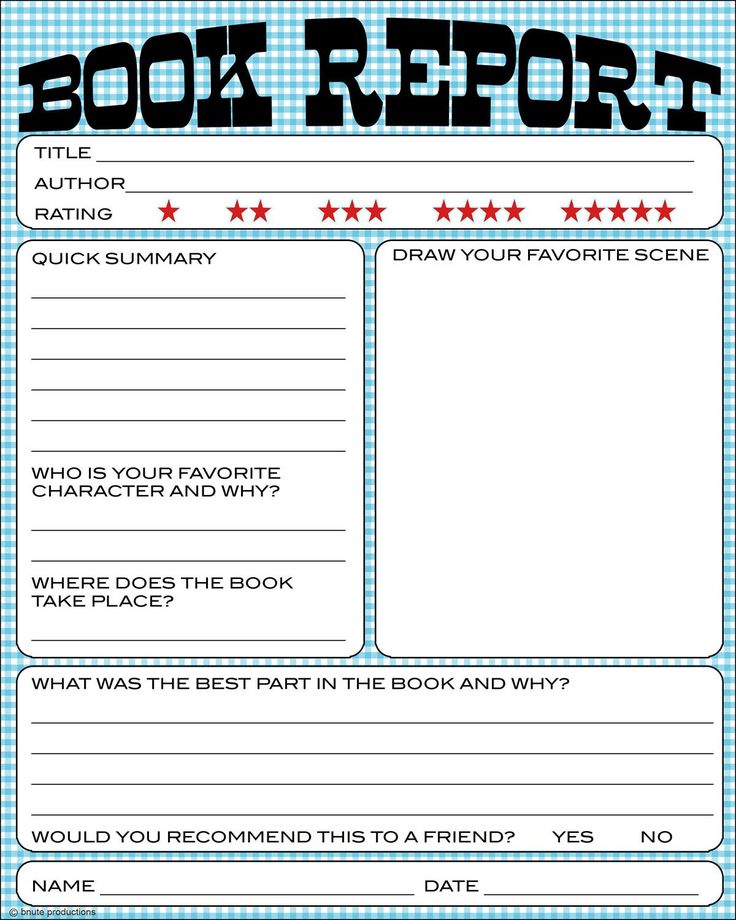 com
com
Bayard is convinced that books should not be approached with simplified position "read" and "not read" - there are several more options:
books we read;
books we flipped through;
books we have heard about;
books whose content we forgot;
books that we never opened.
Have you ever come across a book that the rest, just amazing, but which did not hook you in any way? And it's not because this book really sucks.
Just not all books fit to each. The book may be a top seller, but you may be disappointed written. Or maybe this book fell into your hands at the wrong time.
Anyway, if you can't turn the page, put the book aside and take hold of one that truly brings you joy and pleasure.
Possibly to read more books, you should look at the process of reading from the other side? For example, for to keep abreast of fashionable literary novelties, you do not have to read bestsellers from the cover to the crust - just run them obliquely. Conversely, for books that really matter to you, approach more thoughtfully and seriously.
Read literature that is relevant to what is happening in your life. people already 2 Books have been written for 000 years, and among them there were many who found themselves in the same situation as and you: struggling teenagers, aspiring artists, broke entrepreneurs, new parents, and so on.
Read books that related to your profession or hobby.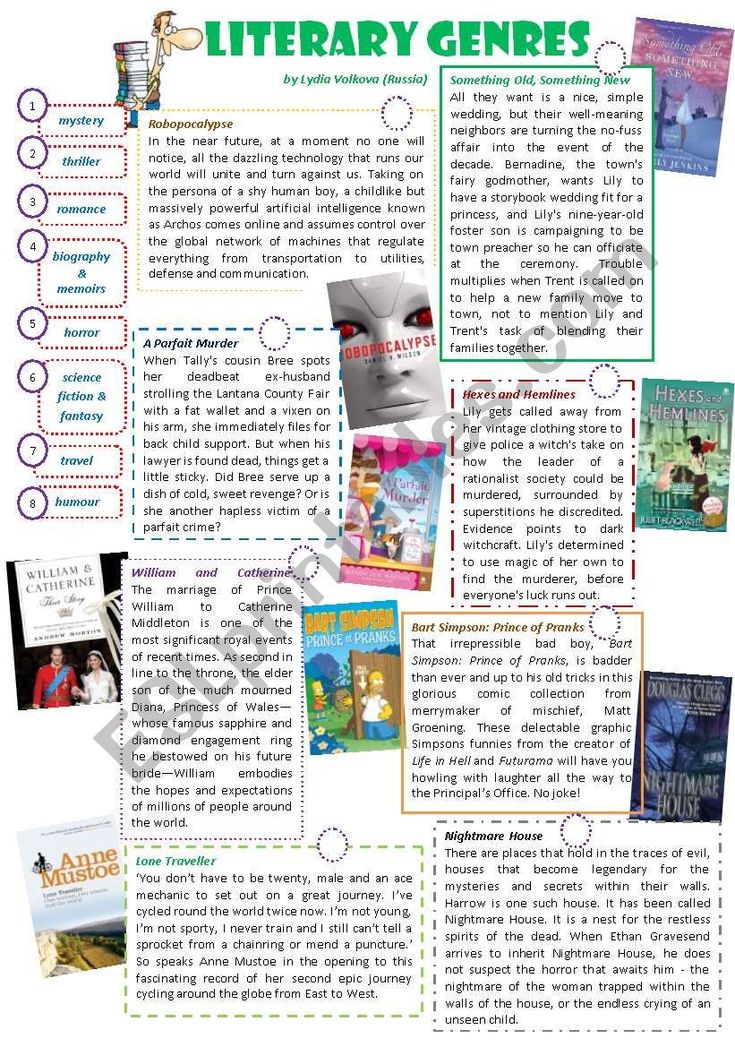 Read about the people who make you feel Delight. But don't pick up a book just because it's a bestseller or classics.
Read about the people who make you feel Delight. But don't pick up a book just because it's a bestseller or classics.
Josh Felise/unsplash.com
Visual Supply.co/unsplash.com
Annie Spratt/unsplash.com
“
time to read about things that don't interest you at all.
There are no strict rules for reading, so you can do whatever you want.
peshkov/depositphotos.com
Sometimes I read 5 books at a time. Yes, I I can read 50 pages of one book in the morning, and in the evening take up another. Although this is also a matter of taste. Someone else will probably prefer to read the book from beginning to end, before than take on another.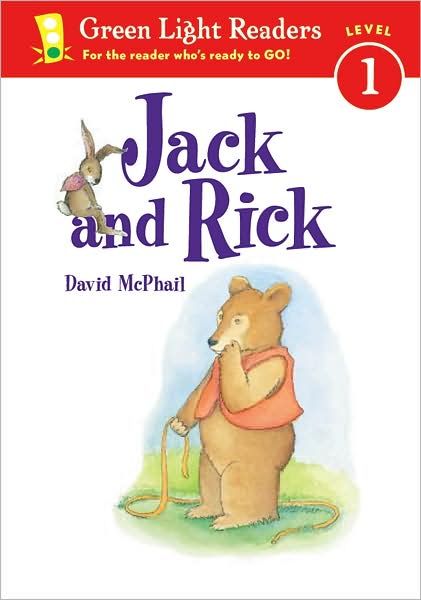
If you are reading something difficult, save it for the evening something easier. For example, before going to bed it is nice to read biographies. Yes, and artistic Literature is best in the evening.
But I can't read a book about investments lying in bed with a pen and notepad. If I do so, then I simply won’t be able to fall asleep until 3 in the morning, because the brain begins to work actively, assimilating new knowledge.
Knowledge is good because it can be used. But to keep knowledge in memory, you need a system. We offer you 3 memorization methods to choose from. They can be used individually or as part of a system.
belchonock/depositphotos.com
METHOD #1
Train your brain with impressions, associations and repetition
To better remember the books you read, you need to understand how our brain stores information.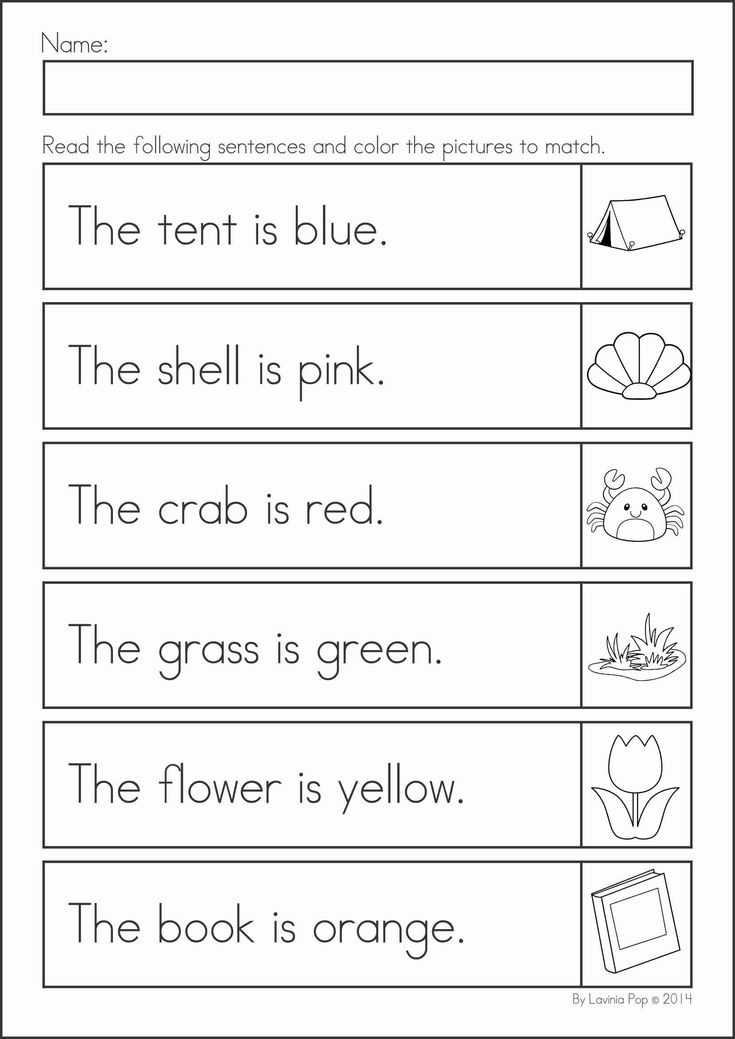 In this he is helped by impressions, associations and repetition. Let's take a look at an example. Let's say you're reading How win friends and influence people by Dale Carnegie, did you enjoy the book and you want to remember as much as possible.
In this he is helped by impressions, associations and repetition. Let's take a look at an example. Let's say you're reading How win friends and influence people by Dale Carnegie, did you enjoy the book and you want to remember as much as possible.
Impressions
Link the impressions to the text. Stop and try to imagine a picture in your head with yourself in the lead role. For example, when Carnegie describes his dislike of criticism, imagine that you get the Nobel Peace Prize and then throw away your prize. Another the way to turn on impressions is to read the passage aloud. Some of us are better perceive information aurally rather than visually.
Associations
Link the text to something you already know.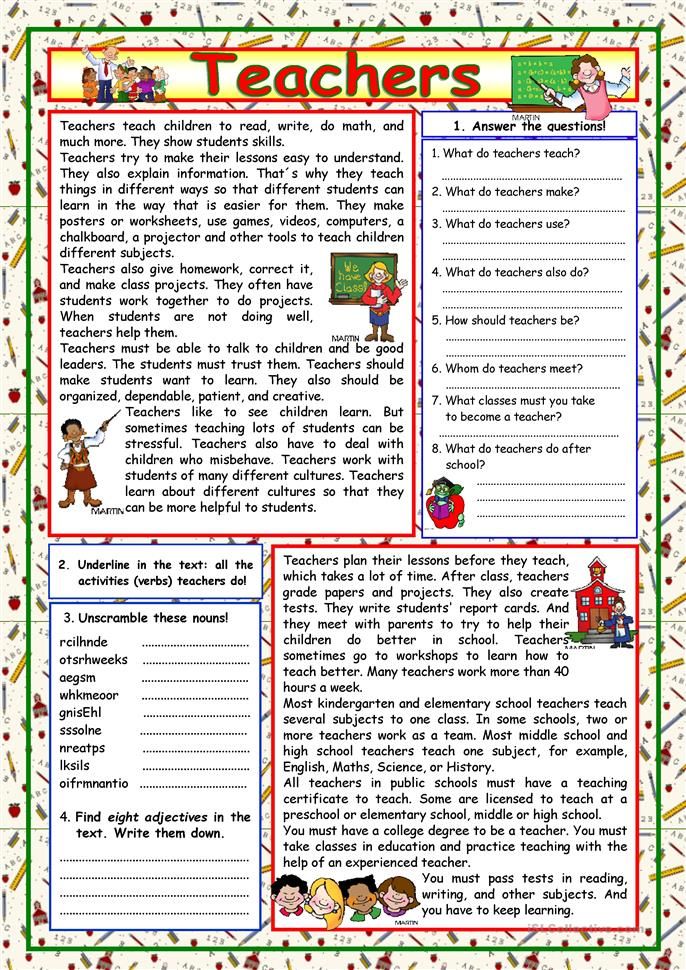 This method best used in conjunction with the technique of repetition. In the case of the Carnegie book, if you want to remember some principle, remember a specific example from your life when you could use it. Prior knowledge is the basis for building strong associations.
This method best used in conjunction with the technique of repetition. In the case of the Carnegie book, if you want to remember some principle, remember a specific example from your life when you could use it. Prior knowledge is the basis for building strong associations.
Repetition
The more you repeat, the more you remember. You you can immediately reread the passage you like or leave a bookmark to come back to it later.
By combining these elements, you can memorize better and better. The more you practice, the more you will memorize.
WAY #2
Focus
on four reading levels
In his book How to Read Books, Mortimer Adler identifies 4 levels of reading (each new level of perception of the book is based on previous one):
Elementary
The one we were taught at school.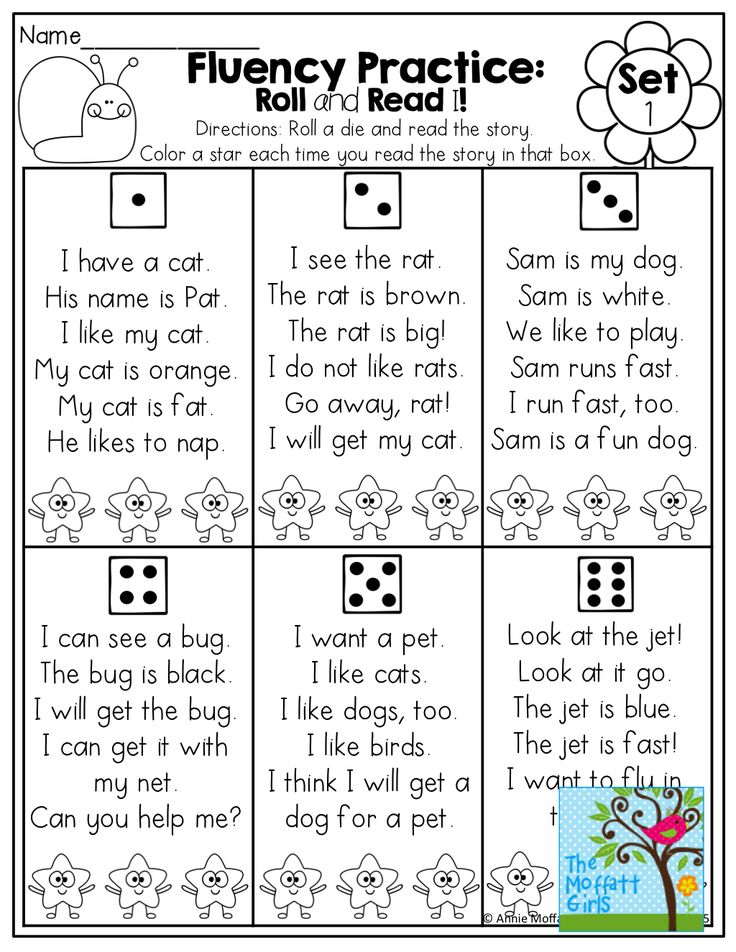
Inspection
Inspection reading can take two forms: fast, insufficiently careful reading or scrolling through the preface, table of contents, indexes and title pages.
Analytical
Involves a thorough, comprehensive study of the book.
Thematic
Read other books on the subject and compare your experiences.
Better understand the context and content of the book simple rules will help.
Classify the book according to topics.
State the main book's contents. Be brief.
Make a list of the main parts in sequence and establish connections between them.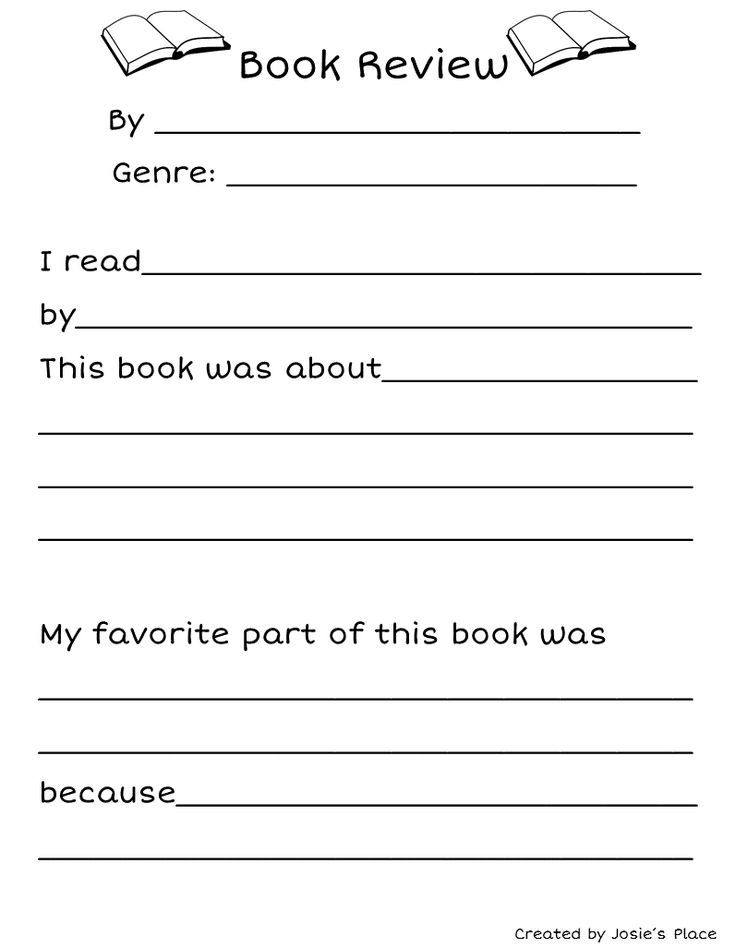 Describe very briefly the content of each.
Describe very briefly the content of each.
Identify the problem or problems the author is trying to solve.
When you take apart a book, you fix it in memory of the impressions received from it. Analysis of publications similar in subject matter will help not only to better understand the material, but also to remember it for a long time.
METHOD #3
Take notes
Take notes - This is one of the most popular and effective ways to remember the books you read.
When reading a book, do pencil notes in the margins, and highlight important passages with a marker. If you read e-books, add bookmarks and save text. But don't underline everything that seems even slightly interesting to you.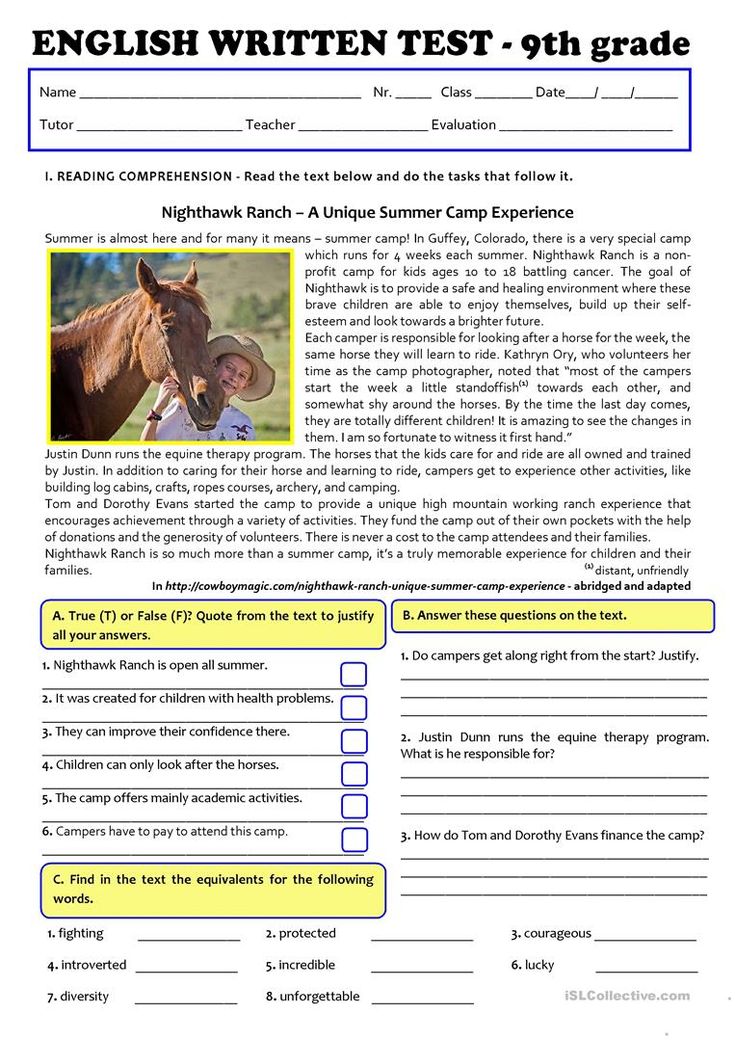 Select only what which impresses you.
Select only what which impresses you.
If you read what If you definitely want to remember, turn down the corner of the page. For e-readers books: take a picture of the screen and save it as a note.
When you finish the book, go back to the folded pages and run your eyes over the notes.
Write in your own words (using the application or a regular notepad), what was the book read about and what advice given by the author.
Write down the most important quotes.
“
When I I finish a book, I put it aside for a week or two, and then I come back to it. I look at my notes and the places I marked as important.

